Rhythm & Flow
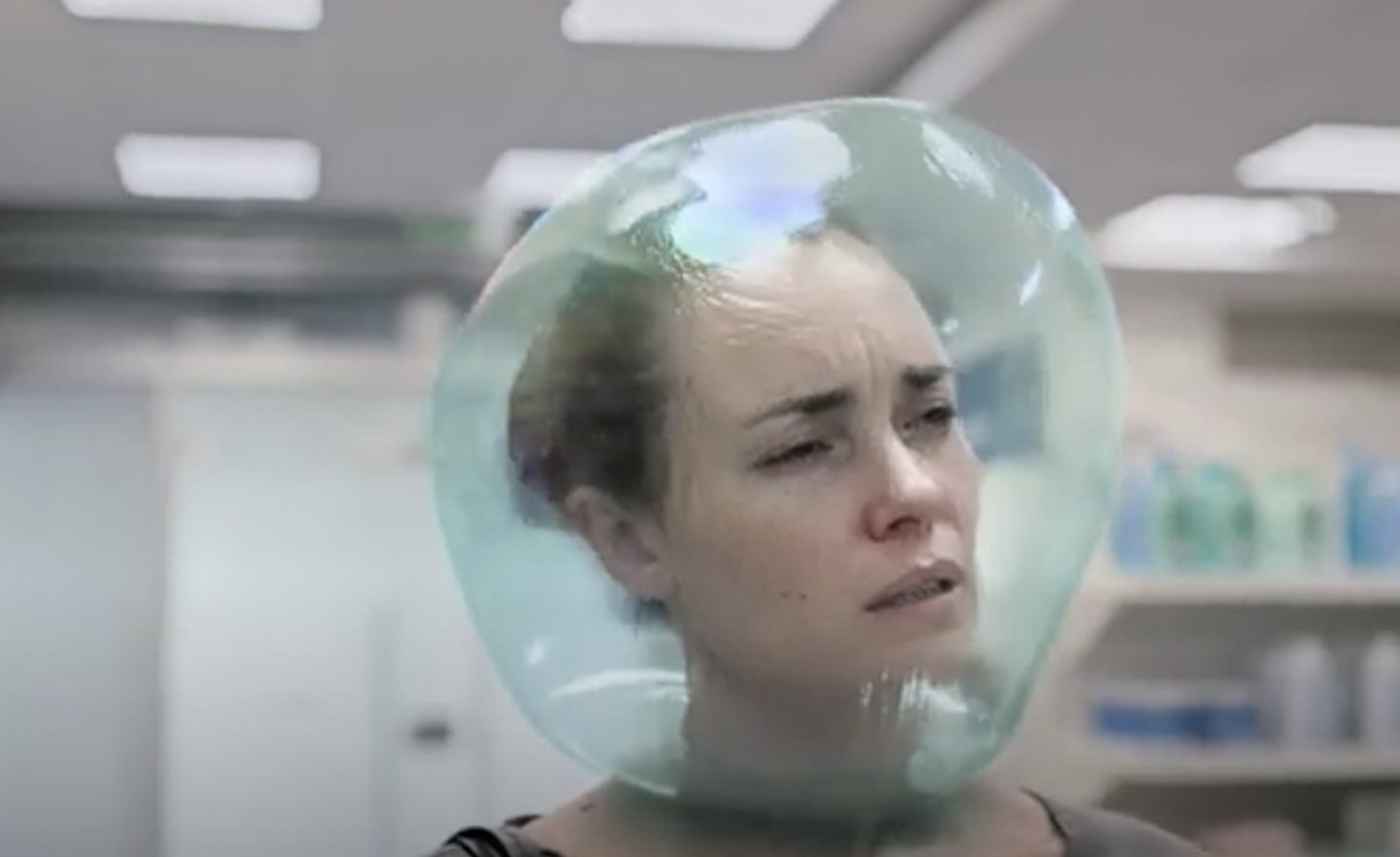
This is the 14th in a series of 16 posts offering an analysis of “Covid Codes” from a global perspective. SEMIOVOX has invited consulting semioticians from around the world to augment the Coronavirus-related meaning map whose lineaments we revealed here in a Spring 2020 series. We are grateful to our talented and generous colleagues, who are individually acknowledged in each series post that features their contributions.
The theme we’ll explore in this installment is: RHYTHM & FLOW. By which we mean: Fighting (off) illness to keep your work routine and social life on track.
Whereas the previous two themes in this series — TRUE GRIT and CONCRETE ACTION — are governed by the paradigm we’ve called Life Coach, with this theme we enter the domain of what we’ll call the Nurturer. The paradigm Nurturer reflects our desire to protect our uninterrupted daily rituals (as seen in this post), and to feel safe and sound and cared-for.
If Life Coach is the binary opposite of Scientist, in our schema, the Nurturer is the opposite of the paradigm Visionary — which we explored in the SCI-FI NEEDS and FANTASY WANTS installments. If within the Cough/Cold/Flu Relief + “COVID-19 response” space, the paradigm Visionary pushes us out of our comfort zone and demands that we dare to imagine and fantasize, the paradigm Nurturer is an enabler dedicated to keeping us — no matter how sick we may feel — stuck into our daily routines, getting the kids to school, going to work, making dinner, seeing friends, working out, whatever it is we do. The Visionary is impractical, wondering how things might be different; the Nurturer is pragmatic, fretting over life’s mundane details.
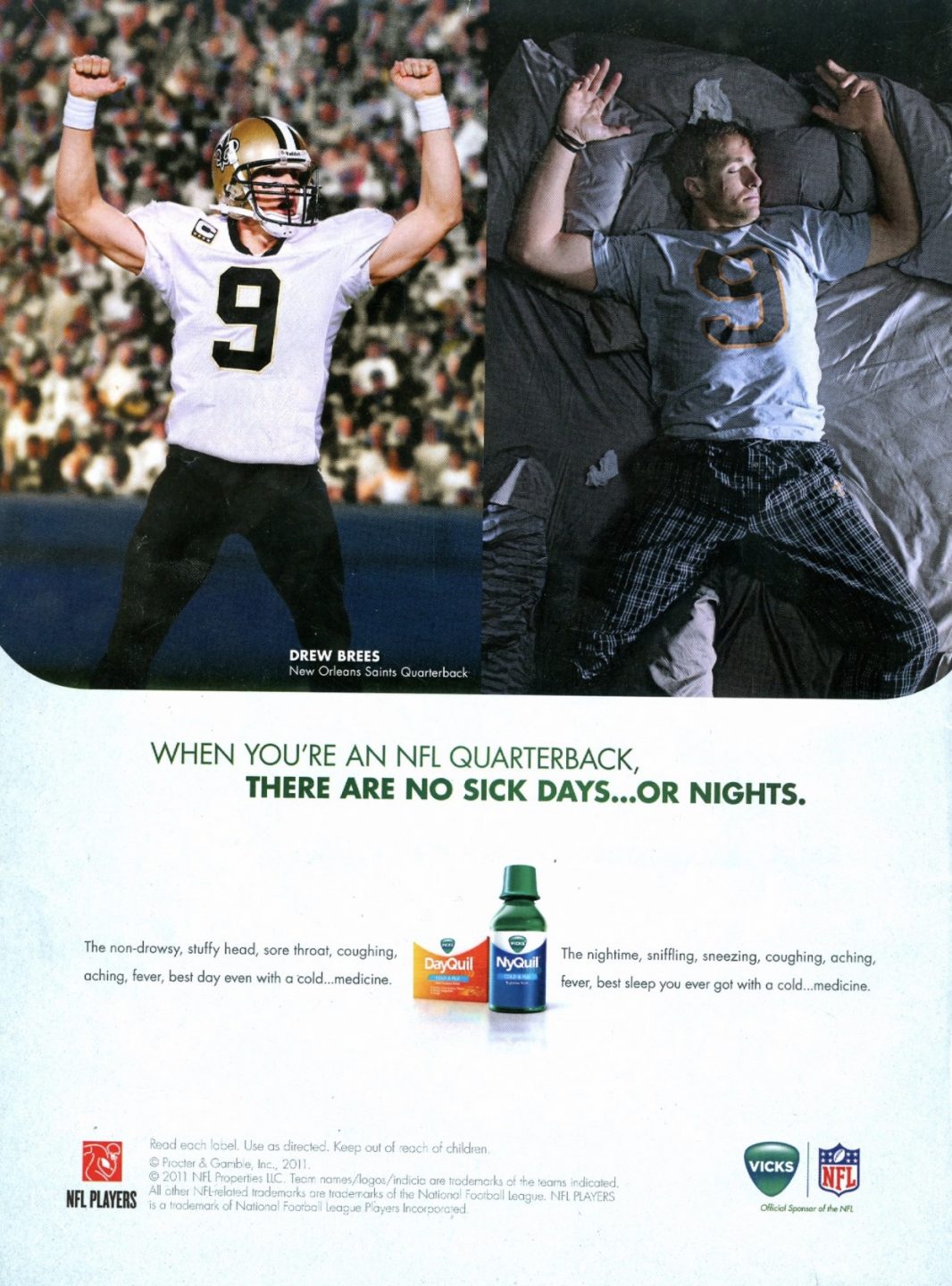
Brands playing in the RHYTHM & FLOW thematic complex emphasize the importance of staying on task — because your work, social life, and leisure activities are already too difficult to juggle and balance.
Our study suggests that this thematic space is brought to life by at least nine “source codes” (signs): Fast Forward, Interrupted Work, Not Myself, Unreal State, Interrupted Fun, Everyday Joy, Working from Home, Not Alone, and Pressure Drop.
Fast Forward
The FAST FORWARD source code’s norm (idea, value, higher-order benefit) can be described as follows: Life is busy, you’re in a hurry. If you’re going to get sick, let’s speed things along!
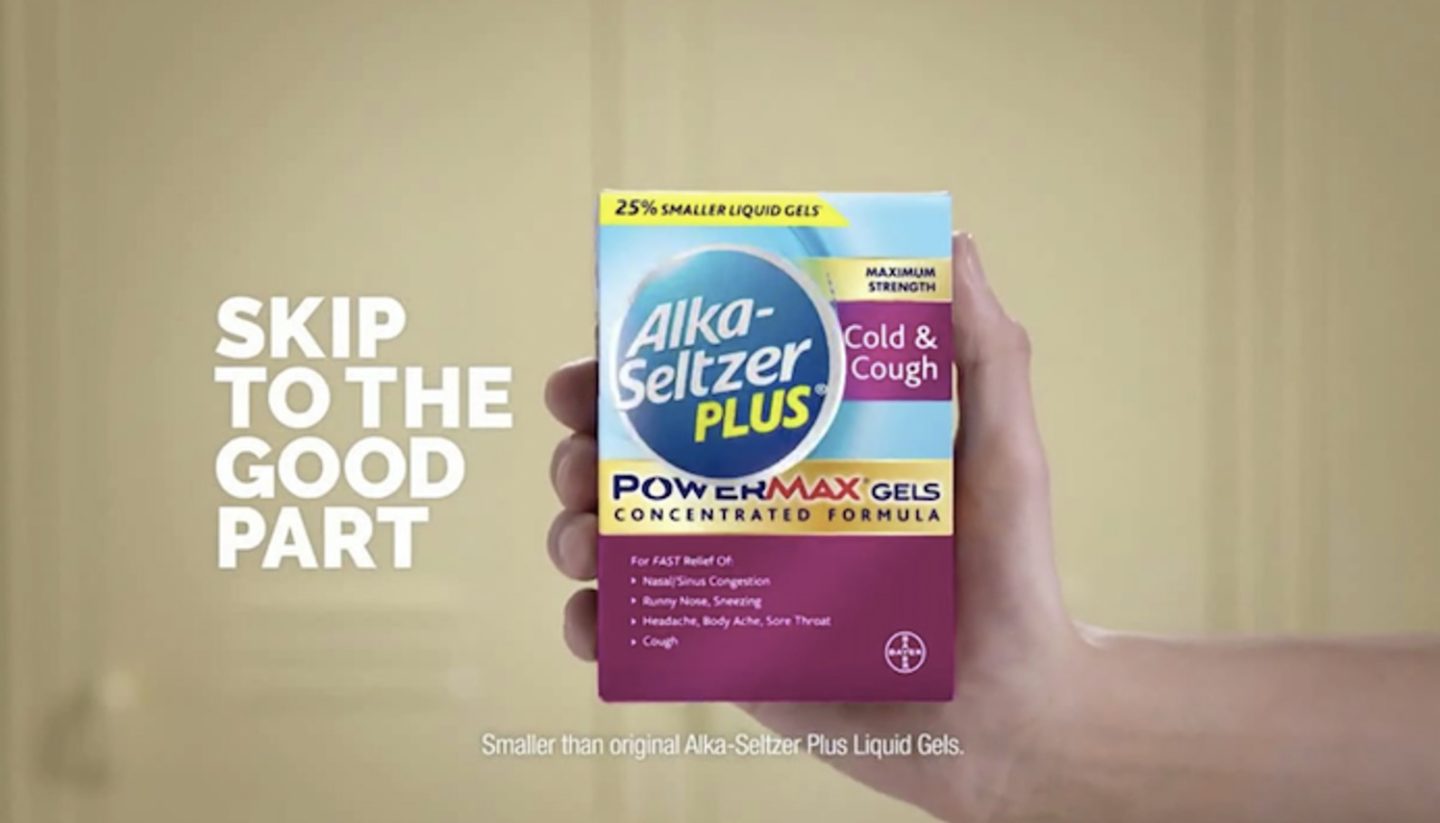
Visual cues of the FAST FORWARD source code include:
- Whereas red and orange packaging typically symbolizes “fast-acting” (in the sense of “emergency response”) in the cough/cold/flu space, green packaging seems to symbolize “long-acting.”
- Mesh/grid/network design cues seem to symbolize a remedy that penetrates deeper than others, getting to the root of the problem. A matrix is revealed under the surface of things; access to this matrix gives you extra benefits.
Verbal cues of the FAST FORWARD source code include:
- Amazing ability to speed up the progress of your illness, e.g., “Skip to the good part” Long-acting, e.g., “12-hour relief”; “Extended release tablets” Extra power and speed: e.g., “Fast, powerful”; “nothing works faster”; “25% more concentrated power”
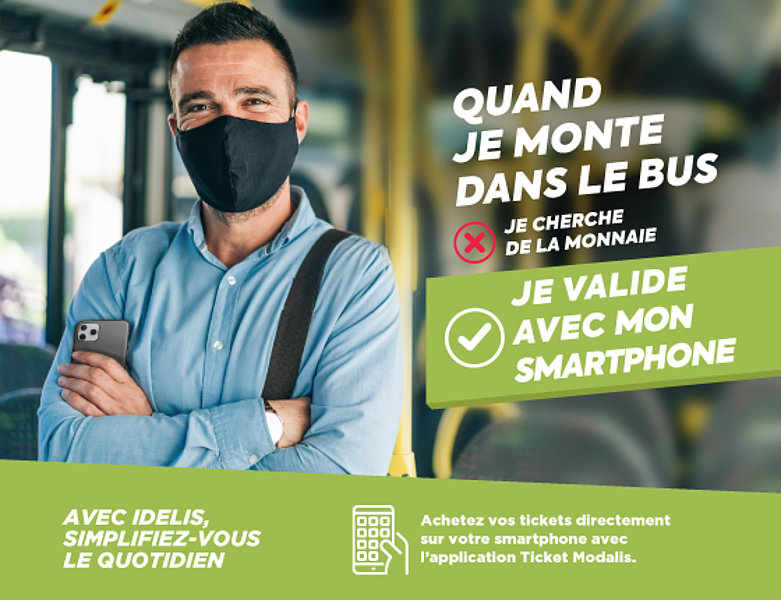
Samuel Grange (France) sends the advertisement above, which isn’t about speeding along your illness so much as keeping your life moving along quickly. “The text reads: When I get on the bus [I don’t search for money, but instead] I check in with my smartphone.’ And ‘simplify the everyday.’ It’s about a contactless, seamless world.”
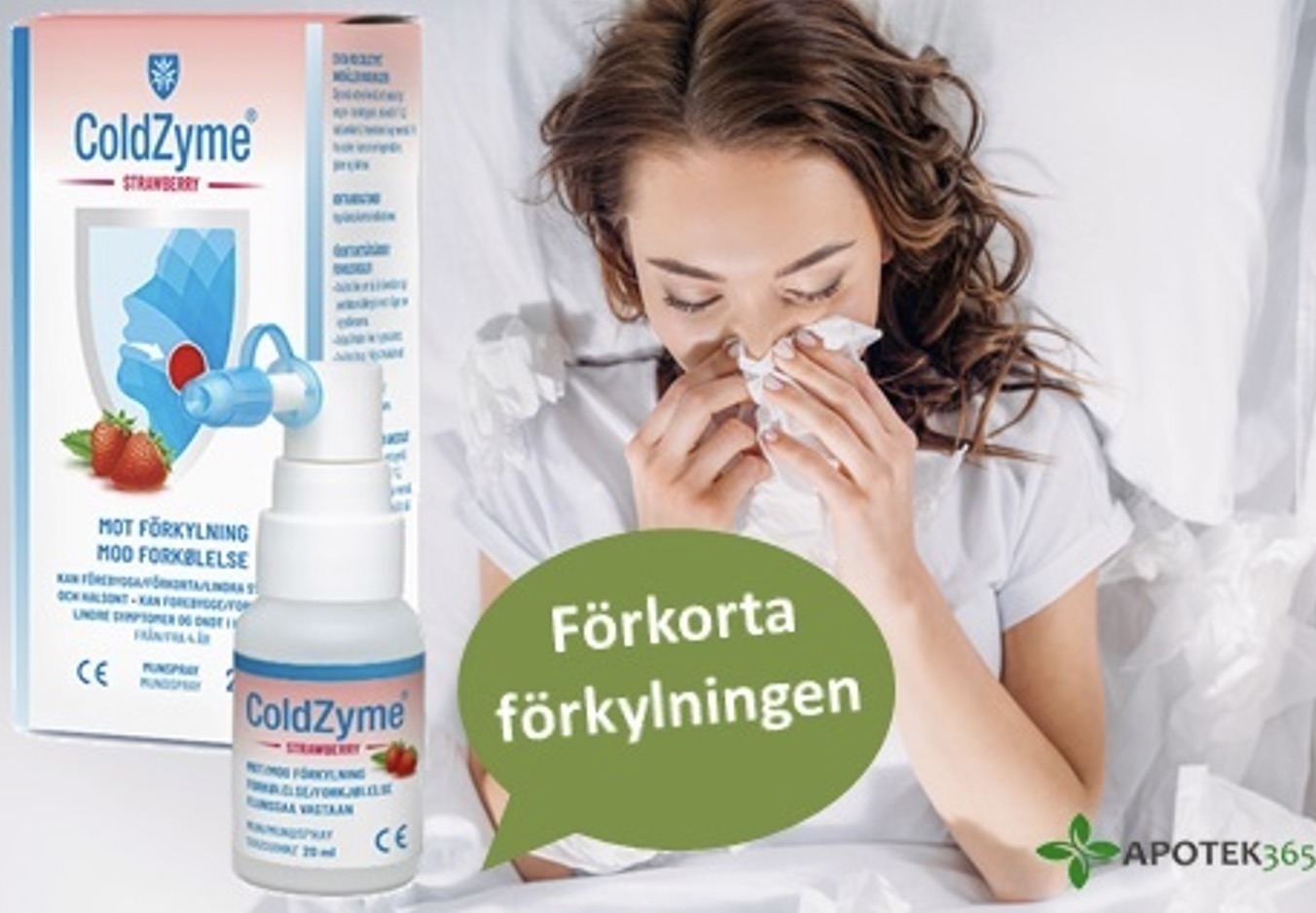
Martha Arango (Colombia/Sweden) sends a Swedish ad for Coldzyme. The text reads “Shorten your cold.”
We didn’t receive many examples of this source code from our colleagues around the world. Why? Sónia Marques (Portugal) says, of this particular source code: “It’s hard to relate. For instance, [in Portugal] we don’t perceive a disease as something we should speed. Quite the contrary, it’s something that should take you to bed and get some good rest. (It must be hard to be ill in America!)”
Interrupted Work
The INTERRUPTED WORK source code’s norm (idea, value, higher-order benefit) can be described as follows: If you can’t afford to take a sick day, then illness is something to be avoided … or powered through.
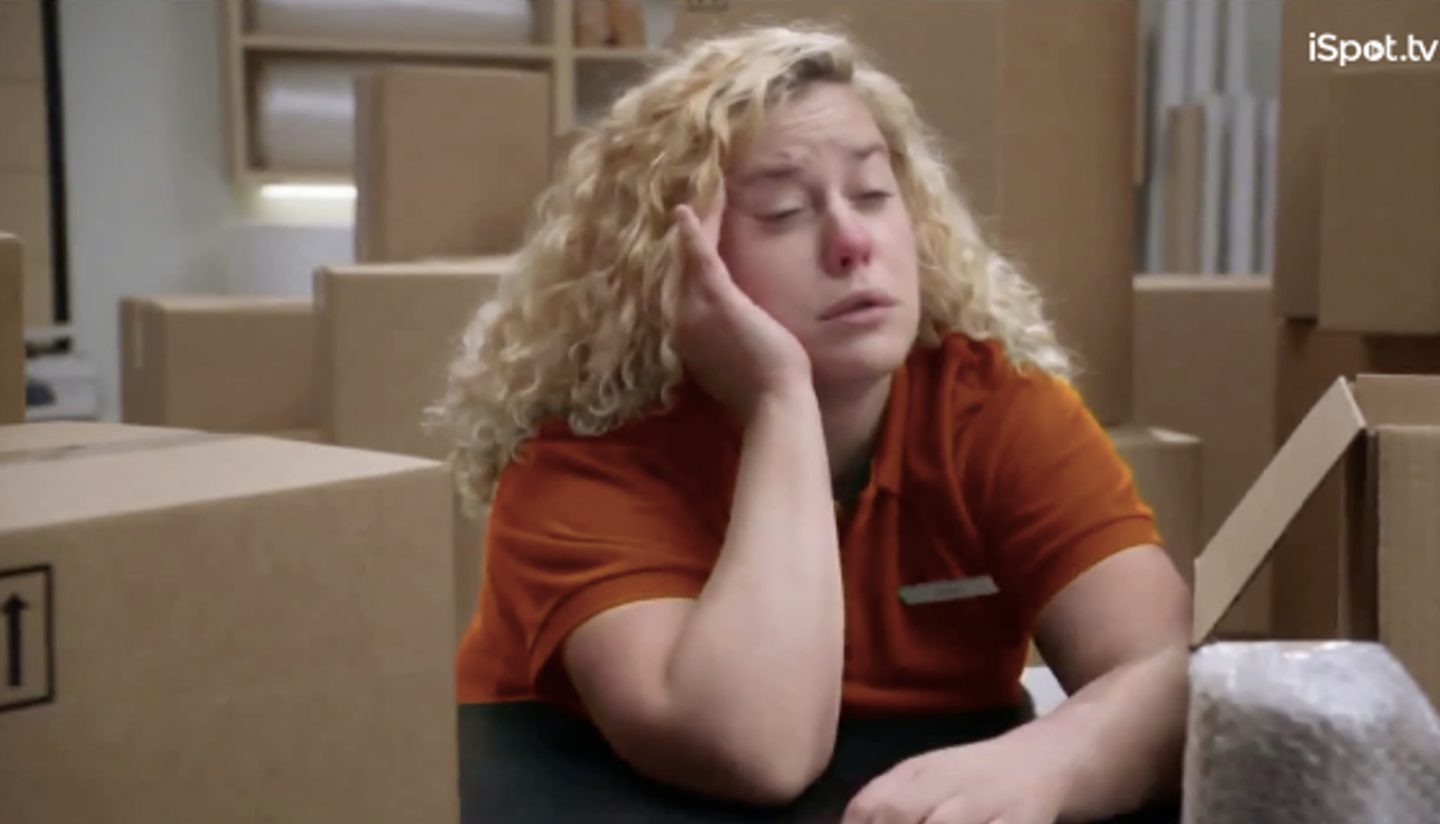
Visual cues of the INTERRUPTED WORK source code include:
- Sick people on the job perking up and accomplishing their work goals
- People depicted loving what they do
- Motivational poster aesthetic
Verbal cues of the INTERRUPTED WORK source code include:
- Tough, gritty attitude. E.g.: “Power through your day.” “Crush the day.”
- Loving work. E.g.: “You don’t want anyone to stop you doing what you love.” “Borne to teach.”
- Aspirational tonality. “Achieve 100% today.” “Get back to your normal. That’s a plus.”
- Multitasking, stretched-thin tonality. E.g.: “Today’s busy schedules leave no room for sick days!”
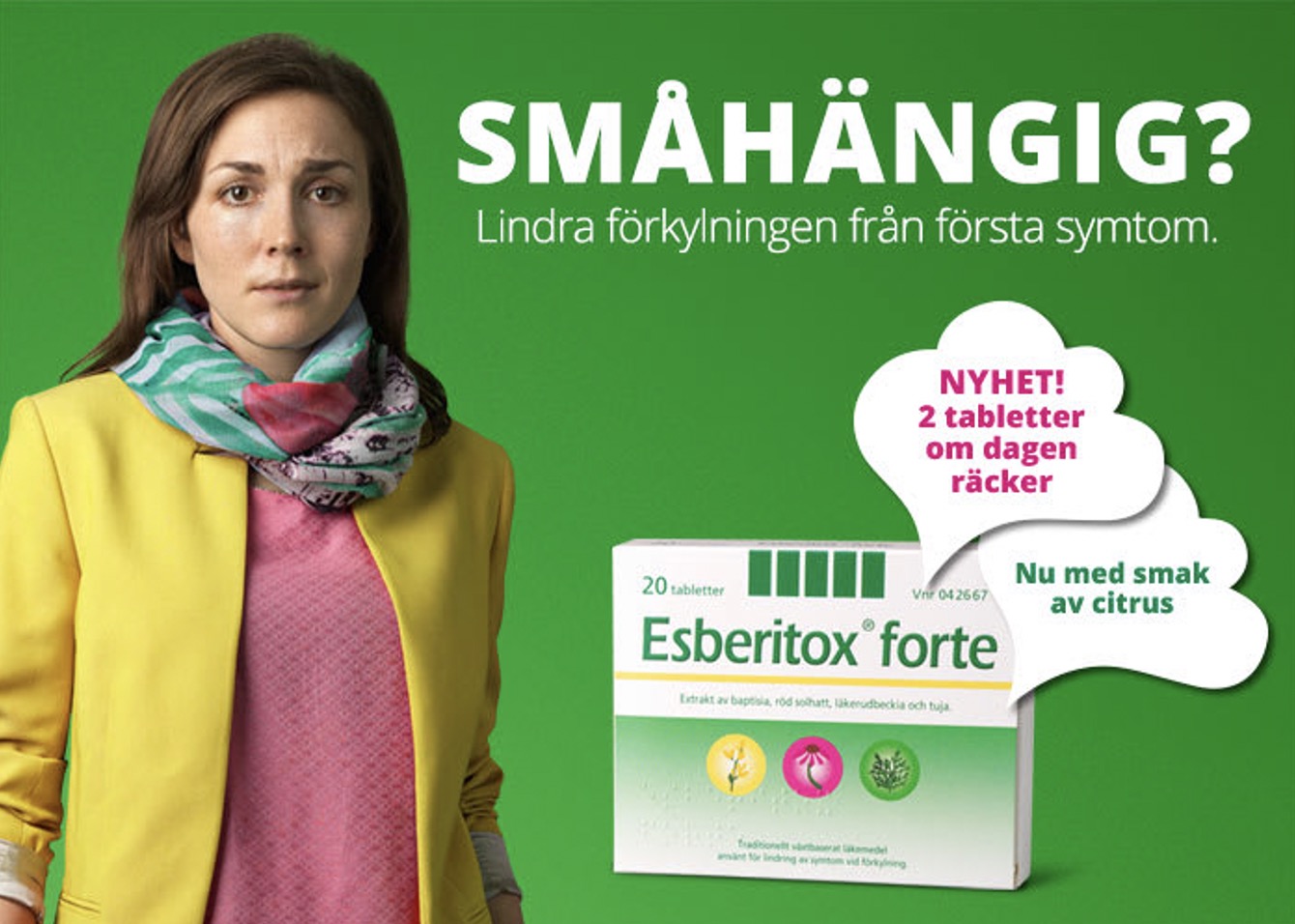
Martha Arango (Colombia/Sweden) sends the ad for Esberitox above, noting that “Even when they are ill, women in Sweden are expected to keep going. The yellow/pink/green colour codes of the woman’s outfit reflect the medical ingredients and the pack design. The text reads: ‘UNDER THE WEATHER? Relieve the cold from the first symptom’.”
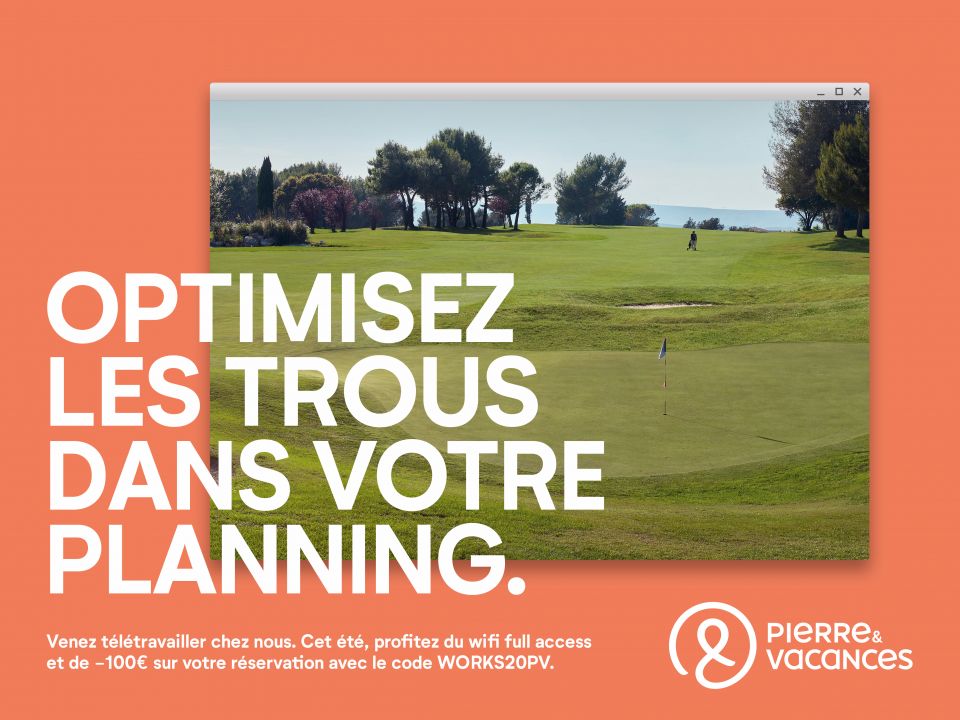
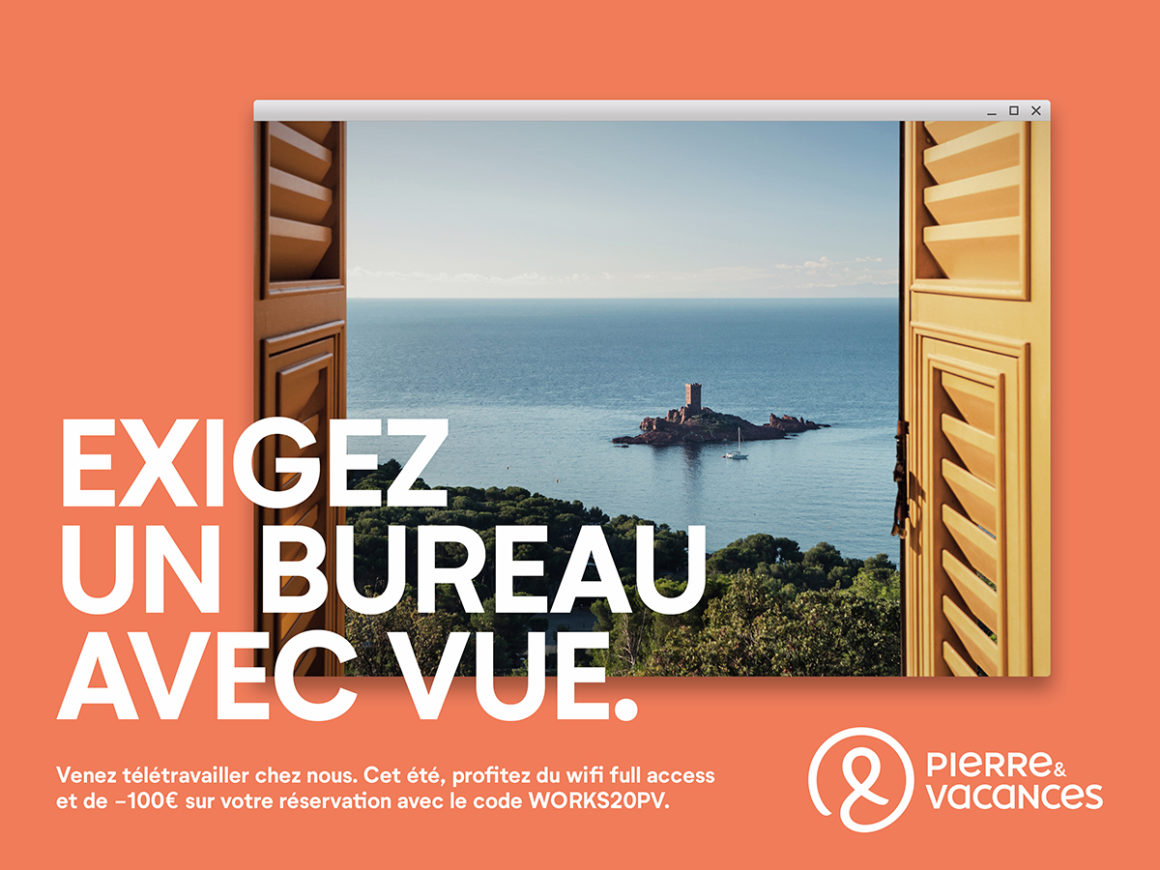
Samuel Grange (France) sends the ads above, noting that “Resorts for tourism have tried to attract people to work in more pleasant places when remote becomes the norm… It sounds like work, but looks like vacations…”
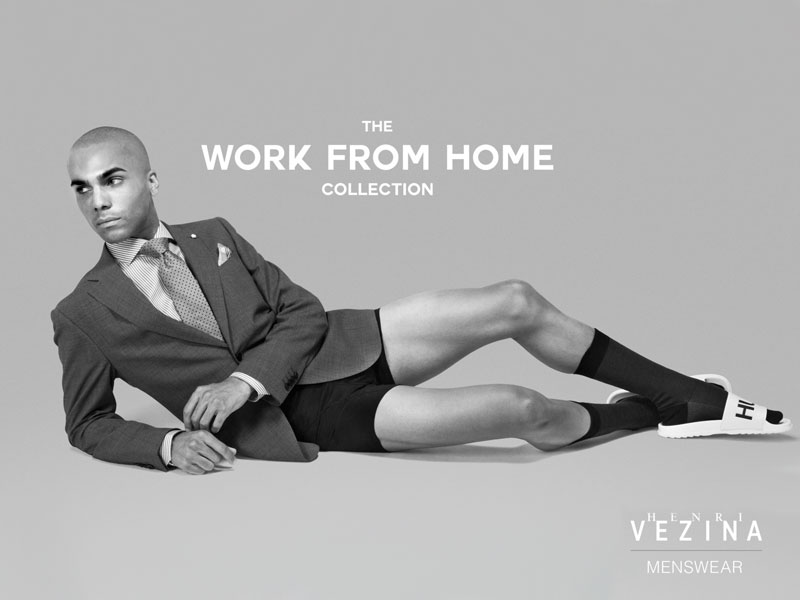
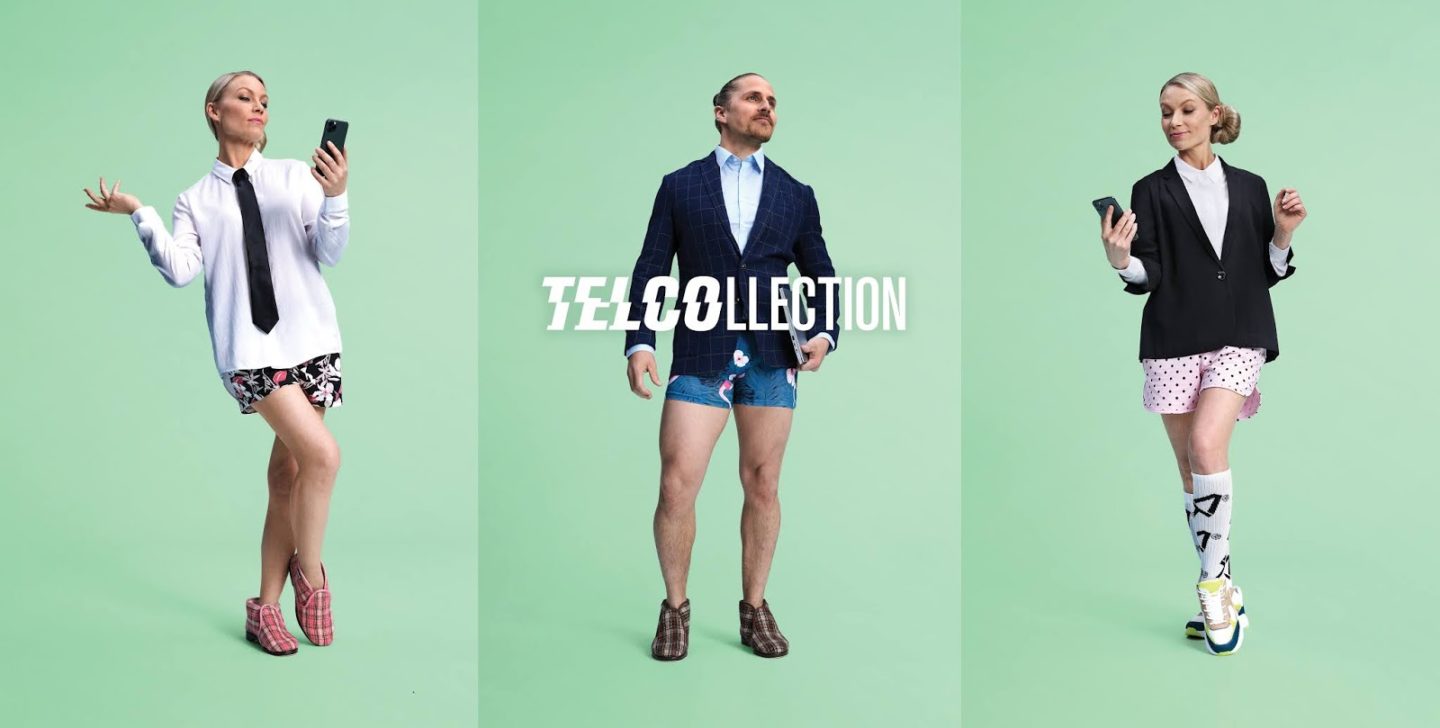
Samuel also send the examples above, from Canada and Finland, of fashion collections optimized for remote workers who can only be seen by their colleagues and clients from the waist up.
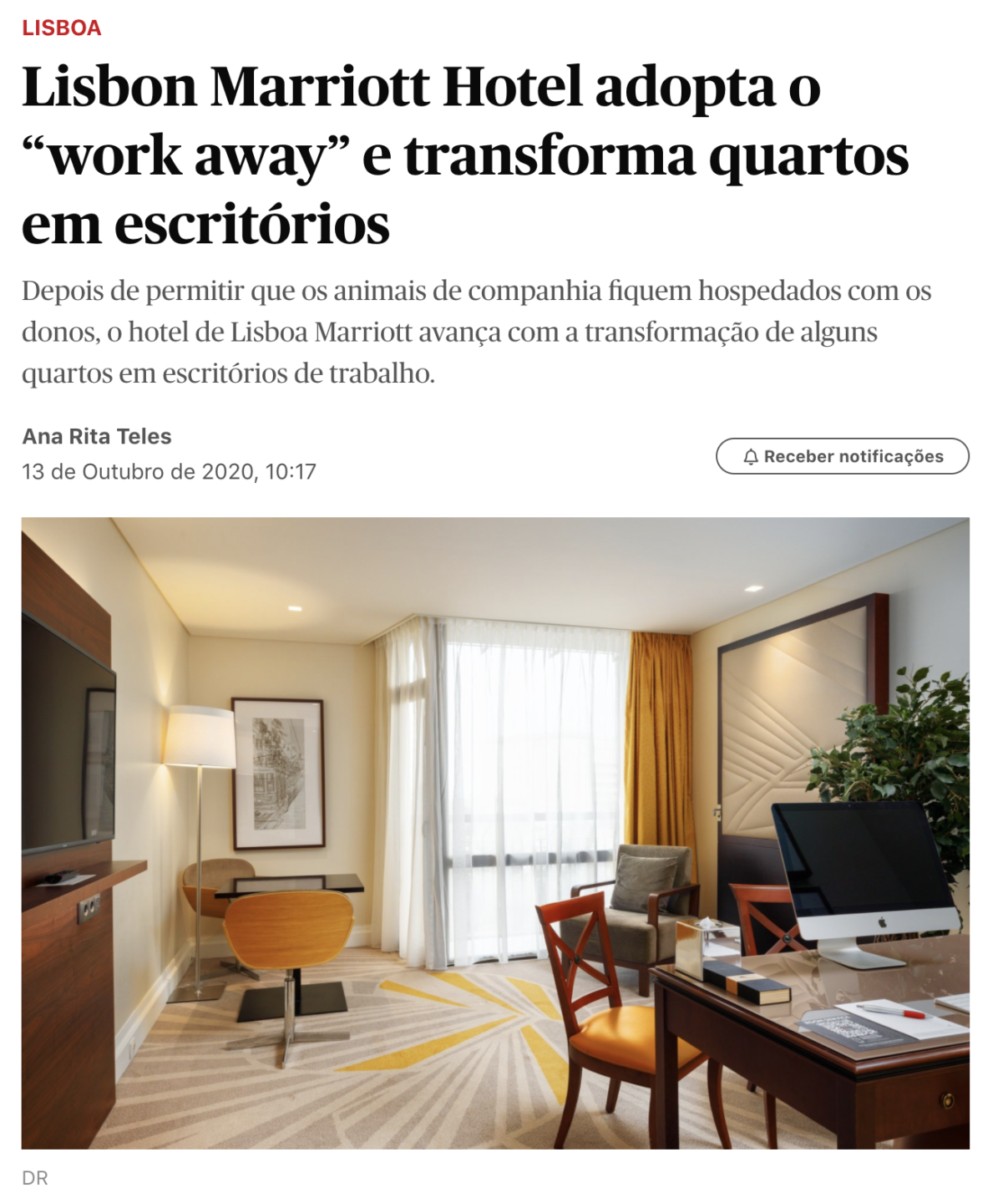
Sónia Marques (Portugal) notes that “the Marriott hotel in Lisbon has rearranged its rooms and revised its policies — inserting large desks, allowing pets, etc. — in order to have guests who will stay for several weeks and work from there.”
Not Myself
The NOT MYSELF source code’s norm (idea, value, higher-order benefit) can be described as follows: Illness attacks your sense of who you are. You’re no longer with-it, smart, on the ball.
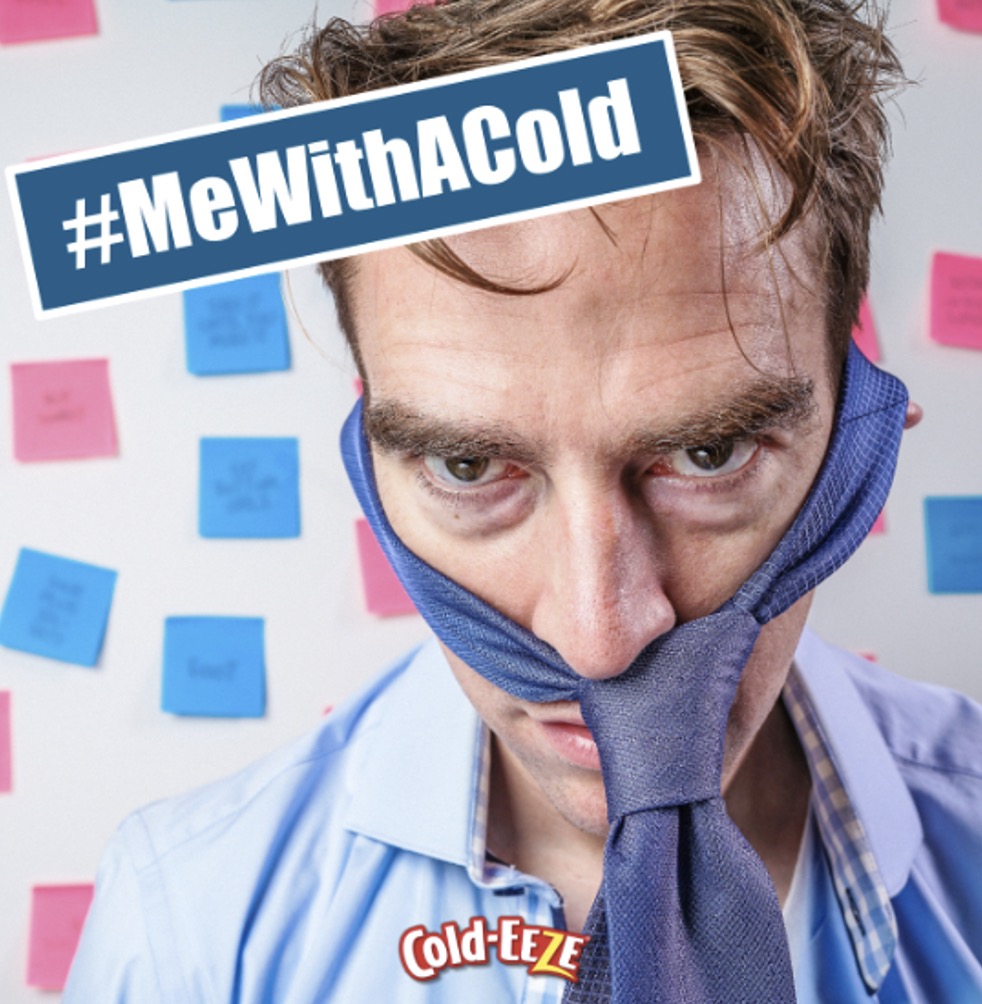
Visual cues of the NOT MYSELF source code include:
- Grimaces, slack jaws, faces that look zombie-fied Heads detached from bodies
- Visual metaphors for topsy-turvy sense of self: e.g., orange painted blue, face that looks healthy/ill if upside-down.
Verbal cues of the NOT MYSELF source code include:
- Don’t feel like myself: e.g., “Are the first symptoms of your cold making you feel a little… off?” (Cold-EEZE)
- I can’t recognize myself: e.g., “#MeWithACold”, “Flu Face”
- Doing dumb things: “My cold made me do it.” “When you have a cold… stuff happens.”
- Return to normal tonality: “Get back to you.” “Feel like yourself again.”
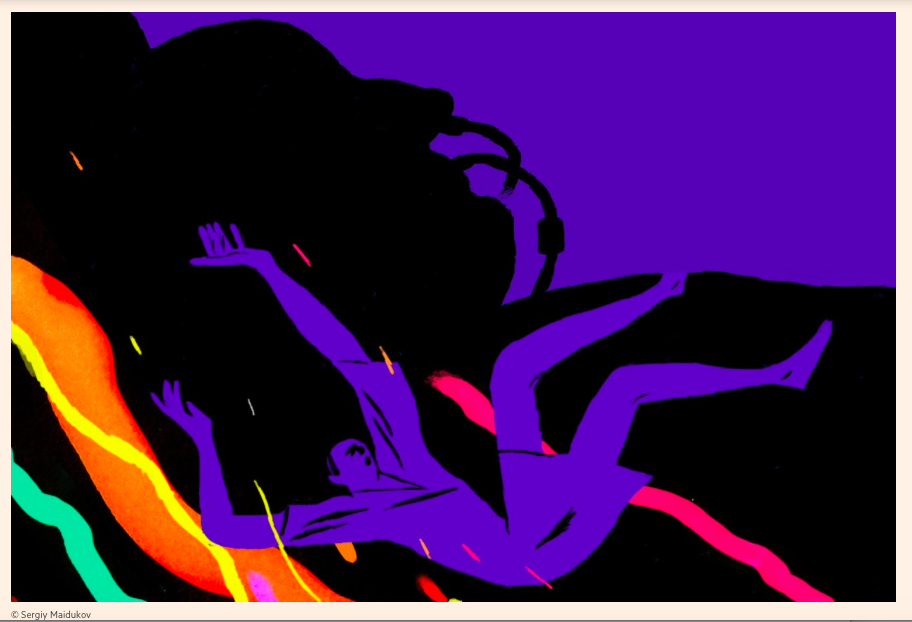
Malcolm Evans (UK) submits an article titled ‘Covid-19 and me’ published in the Financial Times Magazine in January of this year, which suggests that the existential, social, economic, philosophical aspects of the Covid-19 epidemic take us way beyond the concerns seen in Cough/Cold/Flu expressions of this code. “The visual suggests a surreal nightmare outside any conventional coding system for commercial messaging. After a month in hospital and 10 days on life support, the writer reflects on the delusions and drama of his coronavirus fight. Final para: ‘I’m unbelievably lucky … Lucky to have lived and lucky enough to contemplate six months ‘off work’ to heal physically. I can’t begin to imagine how tough this is going to be for Covid-19 victims without that luck. But it’s the delirium that I still find most difficult to handle. Some people in the profession have warned that we’re unprepared for the mental health implications of the pandemic and I can’t disagree. I wasn’t expecting to spend two weeks palpably and certifiably insane. I didn’t ‘die’ at any point in my treatment. I didn’t start drifting toward a great white light and have to be brought back by the jolt of the paddles, but — along with a stick and a brace to remind me of 2020 — I will always live with the experience of ‘madness’ and that is more difficult to come to terms with.’”
Unreal State
The UNREAL STATE source code’s norm (idea, value, higher-order benefit) can be described as follows: Illness puts you into a limbo zone — you’re trapped, out of it. You can’t engage fully with the world.

Visual cues of the UNREAL STATE source code include:
- Claustrophobic visual metaphors: e.g., Bubble or fish tank around the head, closed windows, hedged-in space.
- Surreal, trippy imagery suggesting that nothing feels quite real: e.g., workers with jackhammers in your living room.
- Trapped in shadows, on the outskirts, out of the light: e.g., a selfie is cropped to exclude you, because you’re coughing; a windows with curtains drawn.
Verbal cues of the UNREAL STATE source code include:
- Psychological tonality. E.g.: “Does this… feel like this?”, “Does congestion make you feel like you’re under water?” “Feel like your cold’s got you stuck on another planet?” (Cold-EEZE)
- Liberating. E.g.: “Ready to break through your allergies?”, “Open a window”; “Don’t get cropped by a cough.”
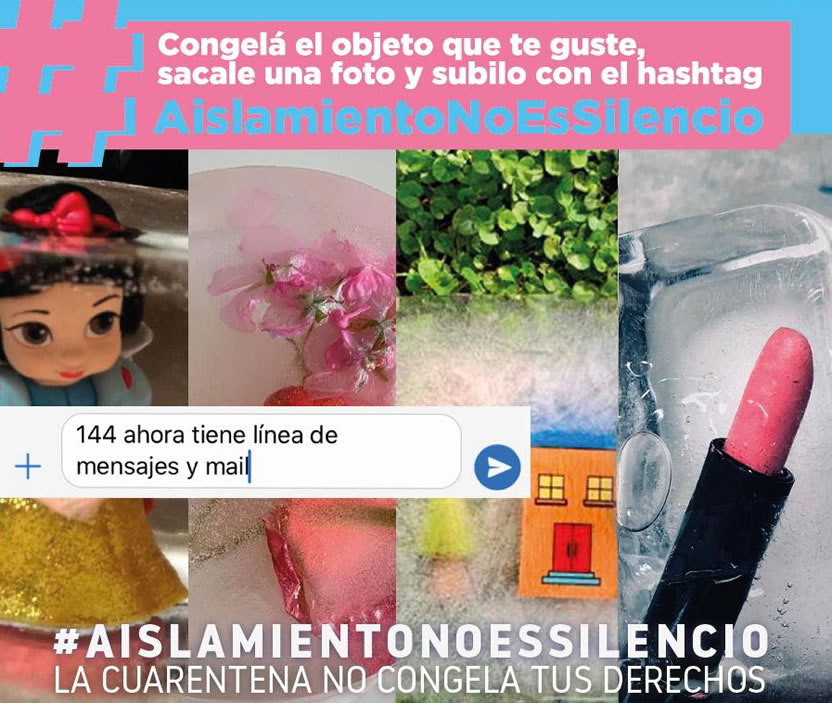
Speaking of being trapped in a limbo zone, Ximena Tobi (Argentina) points to an Argentinian government-led campaign to spread awareness that there is help available to women who may be trapped at home during the lockdown with an abusive partner. “The Ministry developed an awareness campaign with the slogan ‘Lockdown doesn’t freeze your rights.’ The campaign included a call to action which asks people to freeze a loved object, take a picture of it, and share it on social networks including the hashtag #AislamientoNoEsSilencio (isolation isn’t silence).”
The gas mask or other head-swaddling devices are often used to symbolize a state of feeling cut off from normal reality. Martha Arango (Colombia/Sweden) says of this mural [image removed], “Colombia is a culture of openness, nearness and liveliness the image shows the opposite: reticence, loneliness and despair. Any way a very smart way to communicate the promise of the president to easing the lockdown. Colombians can go back to be themselves again.”
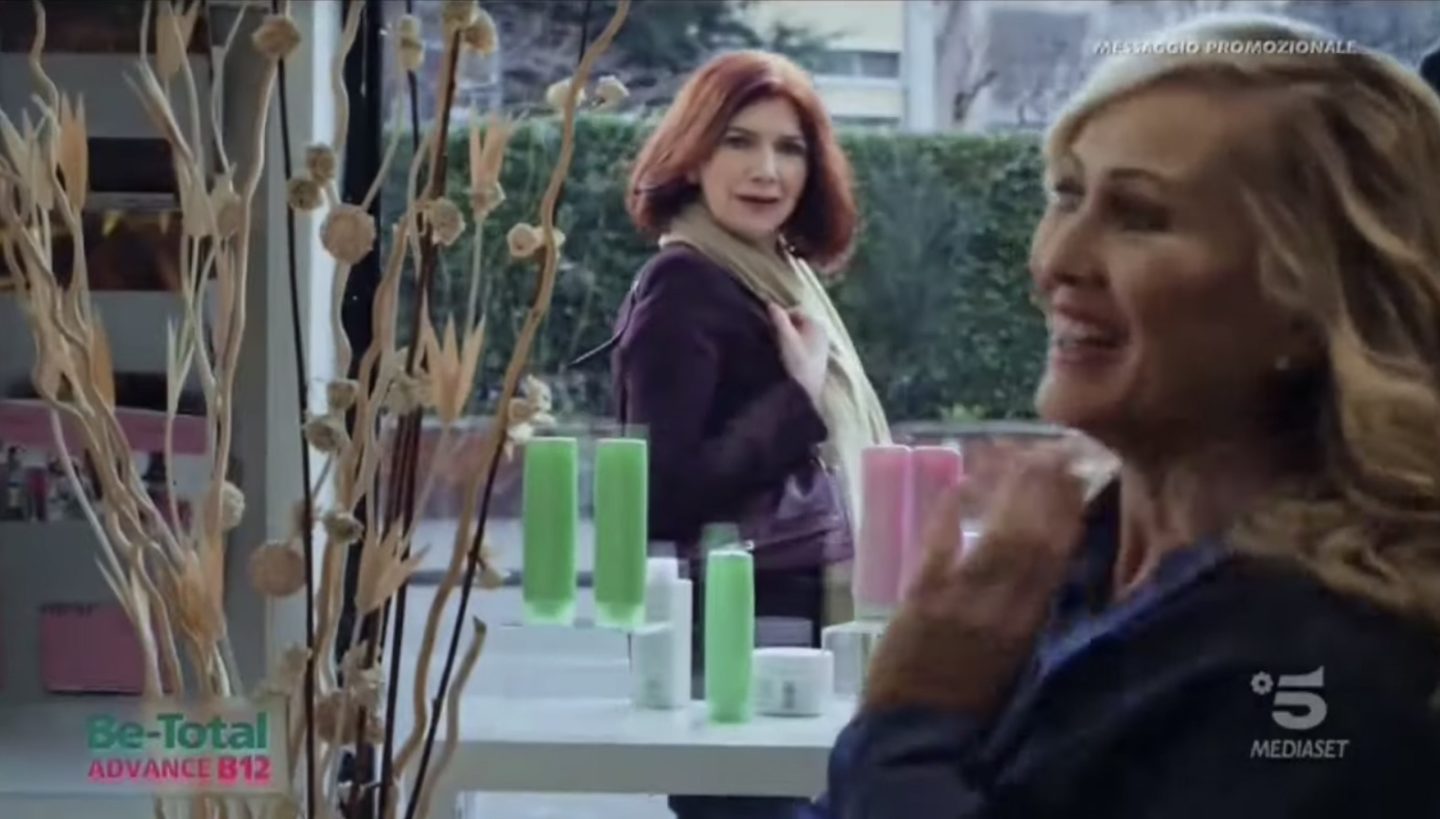
Another common way of depicting the sense of being trapped in an unreal state is to show people looking wistfully through windows into an interior space where life is going on as normal. Daria Arkhipova (Russia/Italy) sends the Be Total vitamin commercial above, noting: “The emphasis of the commercial is on the idea of following normal activities — same as everyone around — as part of the healing process. And vitamins can help to restore normal rhythm of life.”
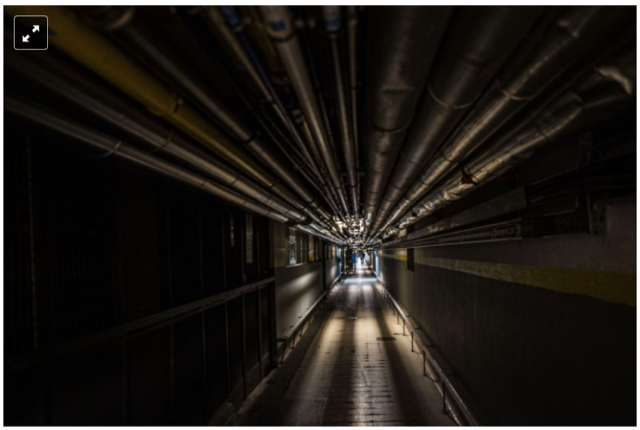
Sónia Marques (Portugal) submits a newspaper’s “photo of a hospital corridor in Oporto depicted as a scary tunnel during the worst days of the pandemic (January),” her point being that one of the ways this code is expressed is via depictions of otherworldly, eerie places that Covid-19 could transport you to… unless you’re very careful.
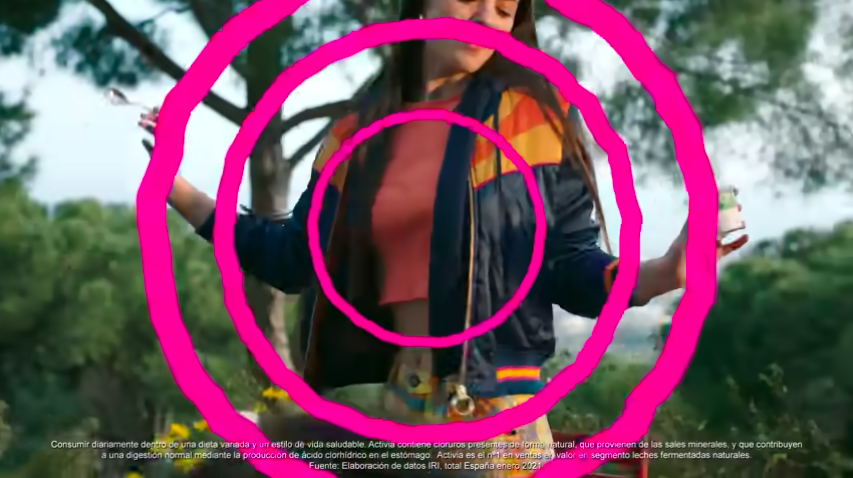
Gabriela Pedranti (Argentina/Spain) notes that in Spain, at the moment, “brand communications are mostly depicting what we can do — while only suggesting what we can’t do via implication. For example, the new Activia campaign “This Spring, Uncover/Discover Your Belly” (“Descubrir” in Spanish has both meanings) depicts Spring as a time of re-flourishing, re-living, especially after the past twelve months. Take note of the open spaces that appear, which remind us implicitly of the spaces in which our ‘regular/pre-Covid social life’ is allowed.”
Interrupted Fun
The INTERRUPTED FUN source code’s norm (idea, value, higher-order benefit) can be described as follows: Don’t let illness stop you from enjoying your life — time with friends, romantic interests, your leisure activities.
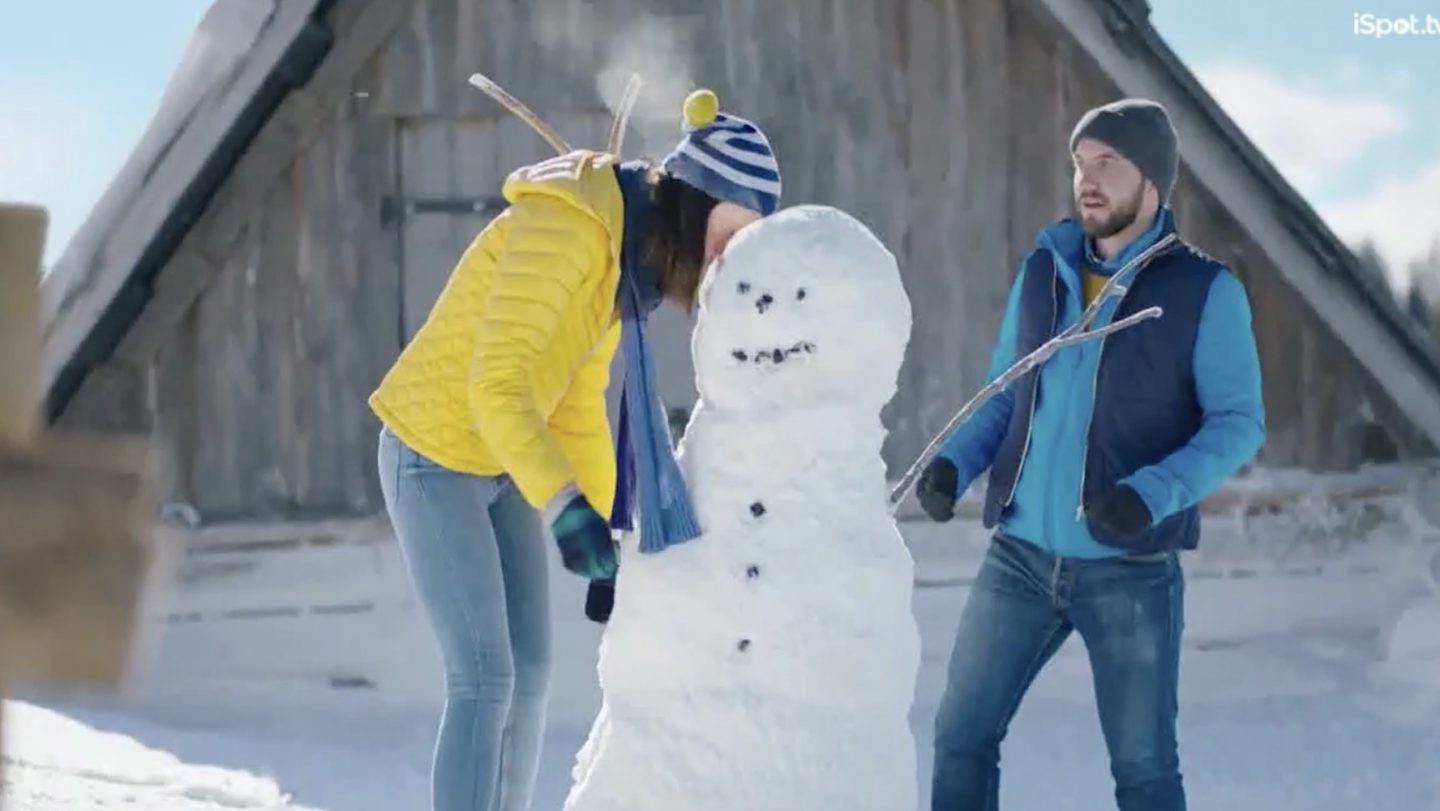
Visual cues of the INTERRUPTED FUN source code include:
- Young singles and couples having fun — building snowmen, traveling, BBQing, going to weddings, skiing, buying concert tickets, watching the sun set.
- Cartoonish steam/fog representing illness getting in the way of the good times (Advil Multi-Symptom, Robitussin)
Verbal cues of the INTERRUPTED FUN source code include:
- Passionate, engaged tonality. “Borne to discover,” “Borne to BBQ,” “So I don’t miss a shot.”
- FOMO tonality: “Don’t sideline yourself — our [products] can help you stay in the game”, “Don’t miss the concert of the year”
- Loyalty (to friends, team): e.g., “Bridesmaids don’t take sick days,” “How am I going to play in the big game with this cold?”
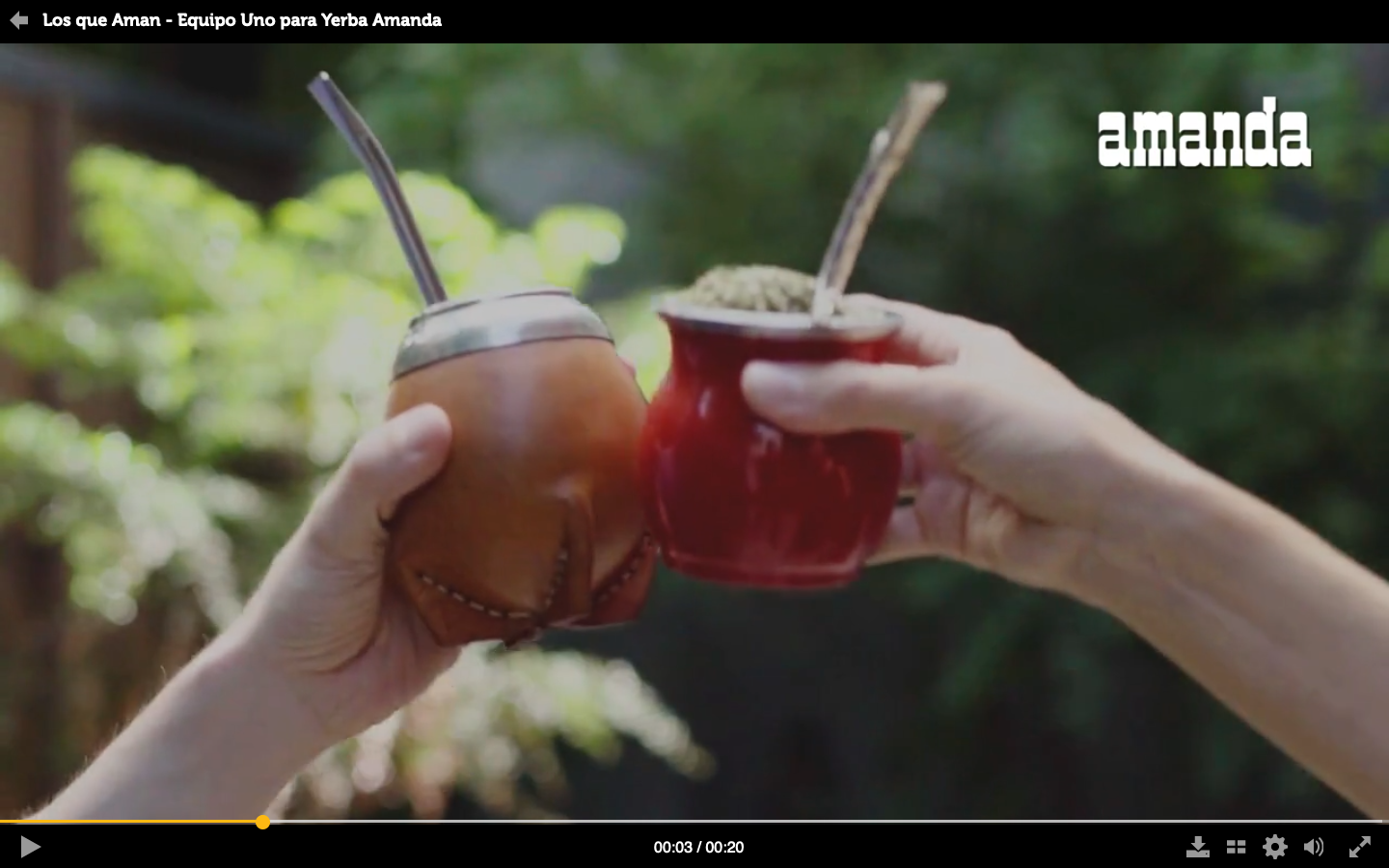
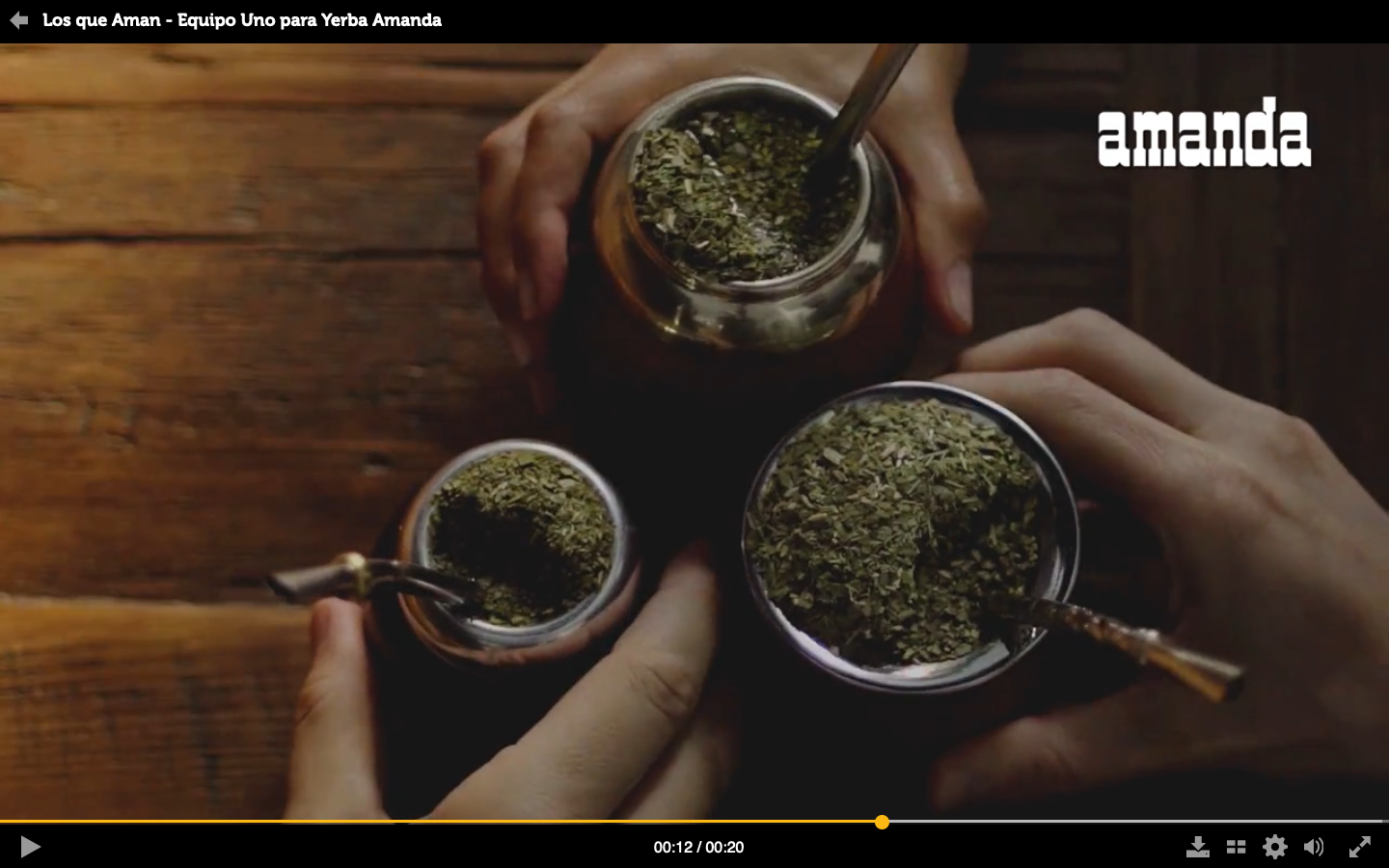
Ximena Tobi (Argentina) points to a commercial for Amanda and offers some explanatory context. “Amanda is a yerba mate brand. Historically, mate was a shared drink. People used to shared mate with friends, family, workmates, wherever they were with, drinking from the same vessel and straw. As you can imagine, the pandemic was the end of sharing mate in this way. Currently, if you meet friends and drink mate, each person has to drink their own mate. As a consequence, mate brands like Amanda are beginning to depict this new way of doing things in their commercials.”

Samuel Grange (France) notes that Hollywood gum’s social media campaign “reverses the normal argument for gum-chewing (it keeps your breath fresh) and offers a solution for the normal complaint about gum-chewing (nobody wants to watch you chew with your mouth open). Interesting.”
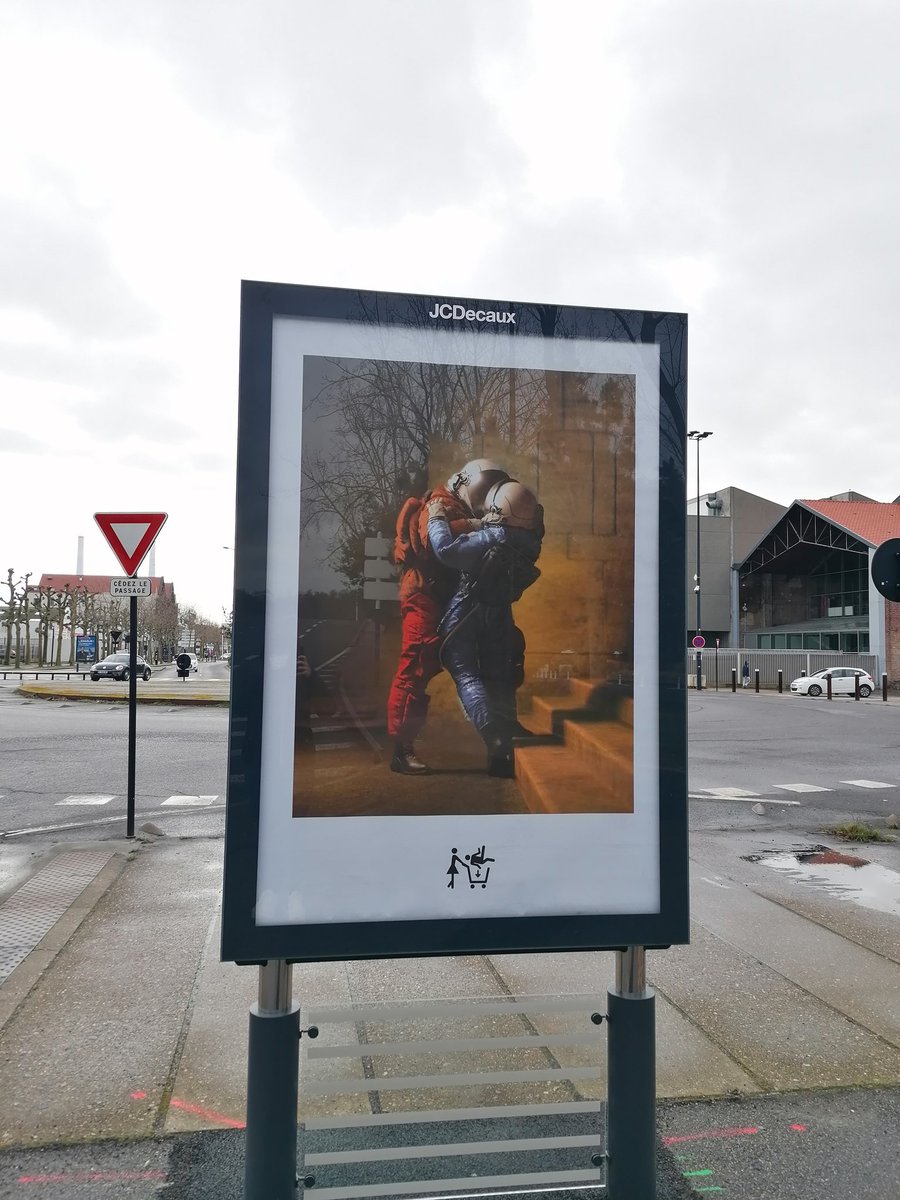
Samuel also sends along the image above, in which “protection is made glamorous during Covid.”
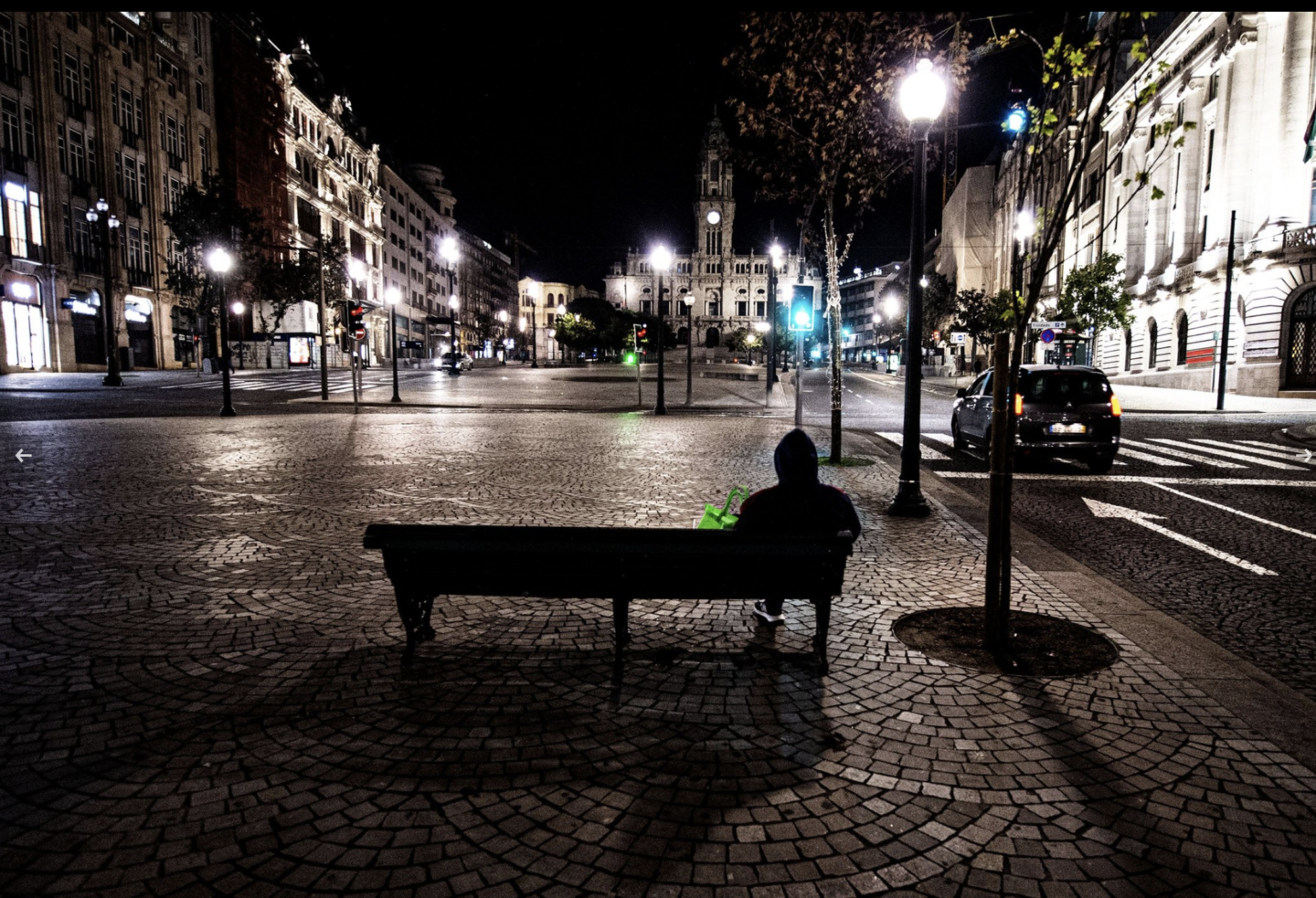
Sónia Marques (Portugal) notes that the theme of “suspended time” is a common one in Portugal at the moment. The newspaper Público features many haunting images like the one shown above.
Everyday Joy
The EVERYDAY JOY source code’s norm (idea, value, higher-order benefit) can be described as follows: Life isn’t only about juggling responsibilities — it’s full of small, everyday joys and special moments.
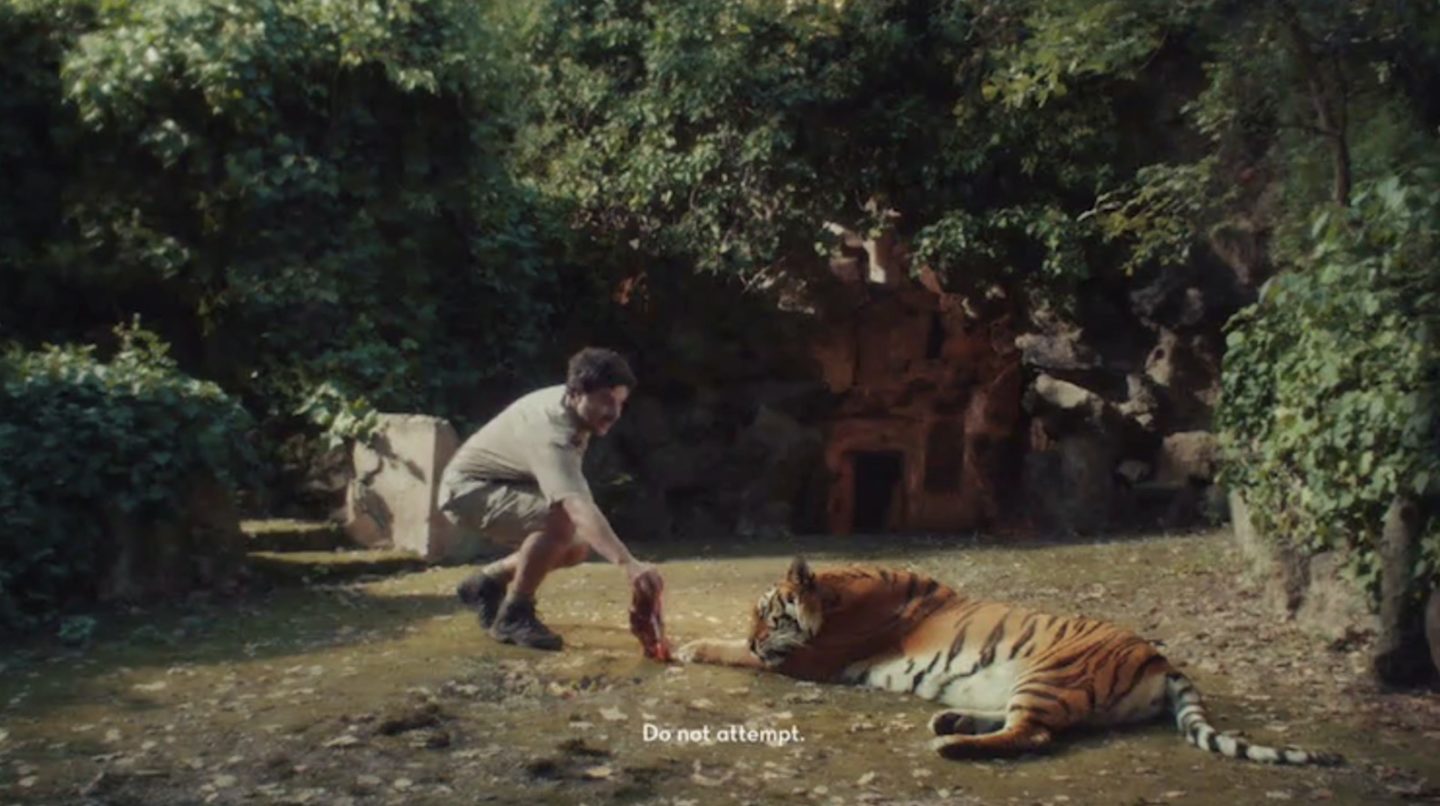
Visual cues of the EVERYDAY JOY source code include:
- A person enjoying every aspect of their day — brushing teeth, commuting to work, doing their job, talking with coworker at the water cooler, going bowling, going to their grandmother’s birthday party — with unflagging, fist-pumping enthusiasm.
Verbal cues of the EVERYDAY JOY source code include:
- Tonality of… a Wes Anderson movie voiceover, perhaps? It’s like a fairy tale for adults. The narrator is slightly bemused by how much Charlie enjoys his daily rituals. But the narrator is also enthusiastic: “This is Charlie NOT COUGHING! Because he took Delsym 12-hour.”
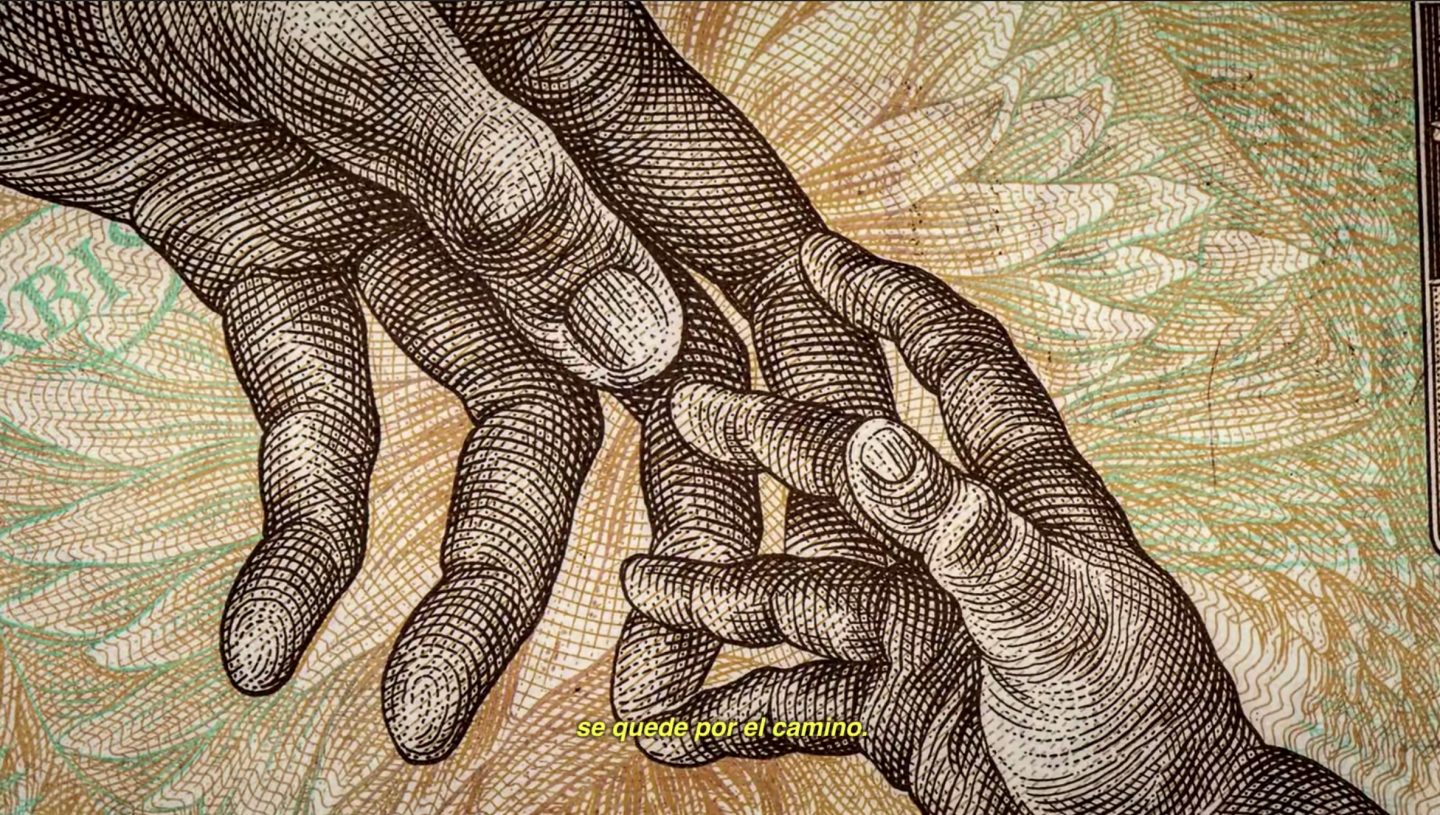
Gabriela Pedranti (Argentina/Spain) tells us that “In Spain, the hardest part of the lockdown and the pandemic has been the lack of gathering, of expressing affection and meeting other member of the family. The best ad campaign (both as meaningful concepts and in terms of reception) was by Bankinter, a bank. We can see a trajectory here from surprise and rethinking priorities to resigned acceptance to a a certain resistance to the situation and a longing for good things to come back. They started with MONEY IS NOT MONEY in April 2020, proposing that “the bank that sees money as you do” — i.e., as important in terms of affection and happy sharing, not in and of itself. In September, after a Summer with fewer restrictions, they launched a second spot, PEOPLE (“The main thing is staying here, alive”), which talked about what really matters in life. Their last video of the year, for Christmas, featured the main female manager of the bank, talking about the important things that this year taught everyone, and proposing “the most stubborn Christmas Carrol in the world.”
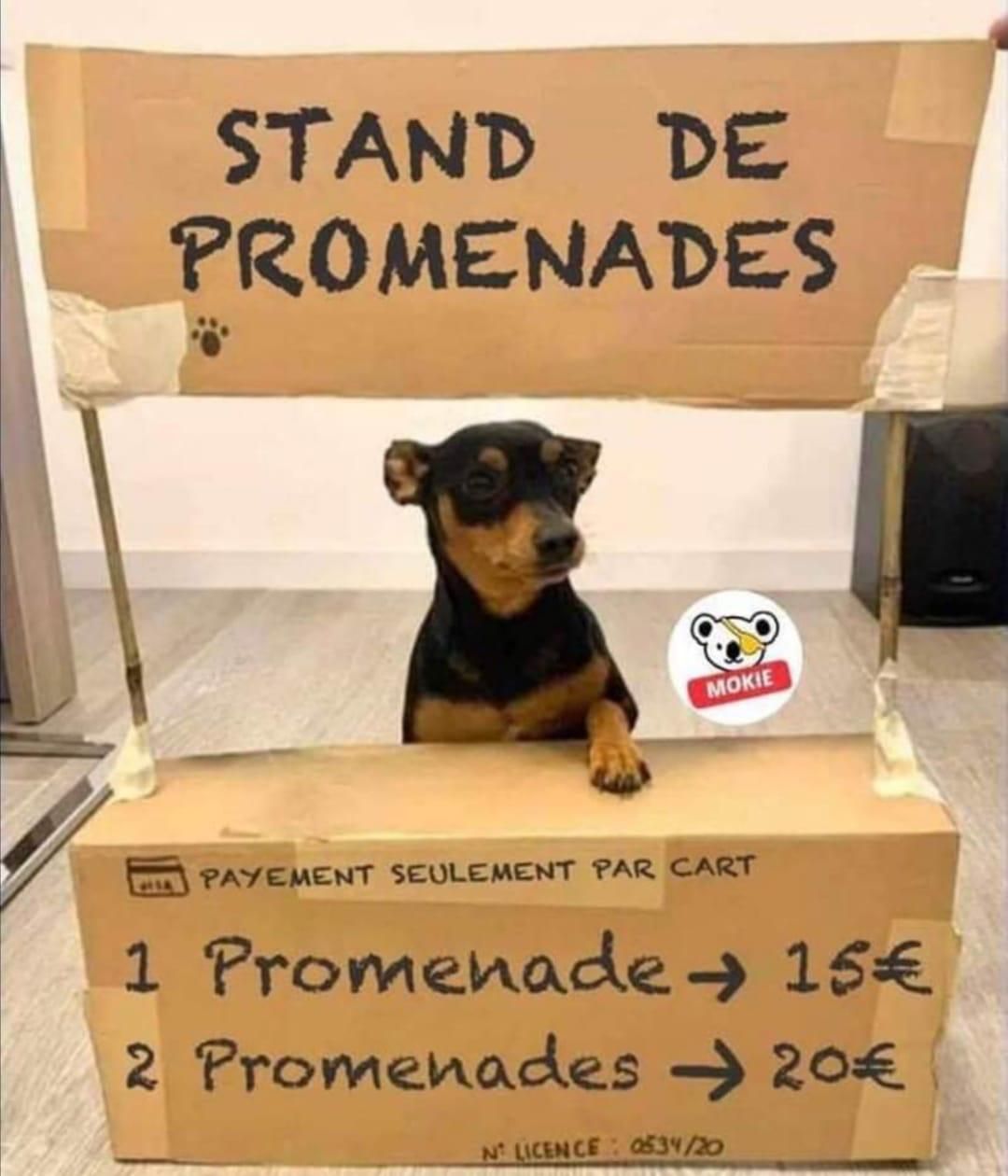
Samuel Grange (France) notes that in France, where one of the few loopholes in the stay-at-home order was walking a pet, there were a lot of memes about this sort of thing.
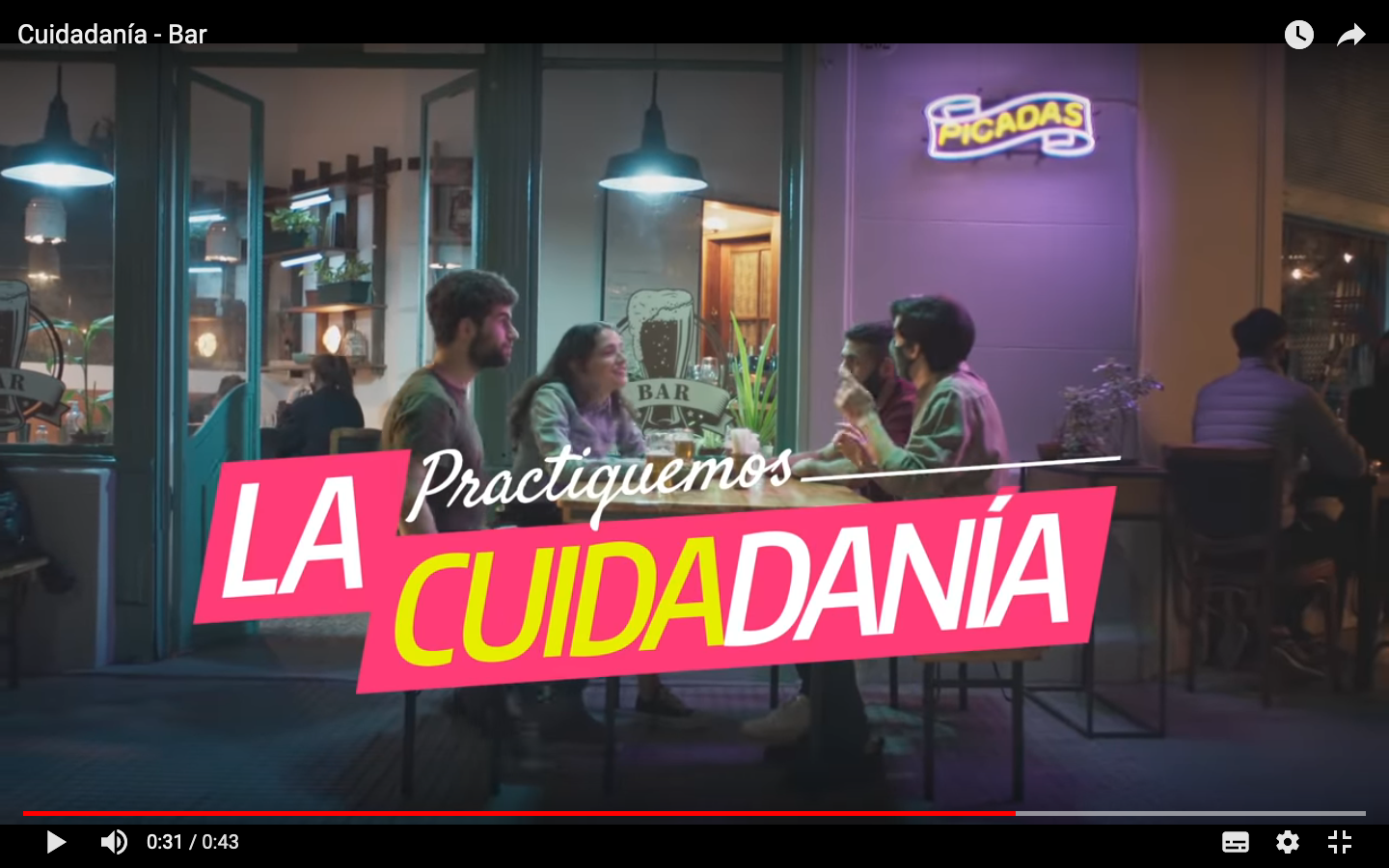
Ximena Tobi (Argentina) shares a humorous national government campaign targeting young people, who have been identified as the segment of the population least likely to obey Covid-era protocols. “The word cuidadanía is a pun that resulted from mixing two words: cuidar (take care) and cuidadanía (citizenship) into a neologism meaning something like ‘taking-care-ship.’ The slogan says: “Let’s practice the cuidadanía”
Working from Home
The WORKING FROM HOME source code’s norm (idea, value, higher-order benefit) can be described as follows: How to juggle work and childcare, at a time like this?
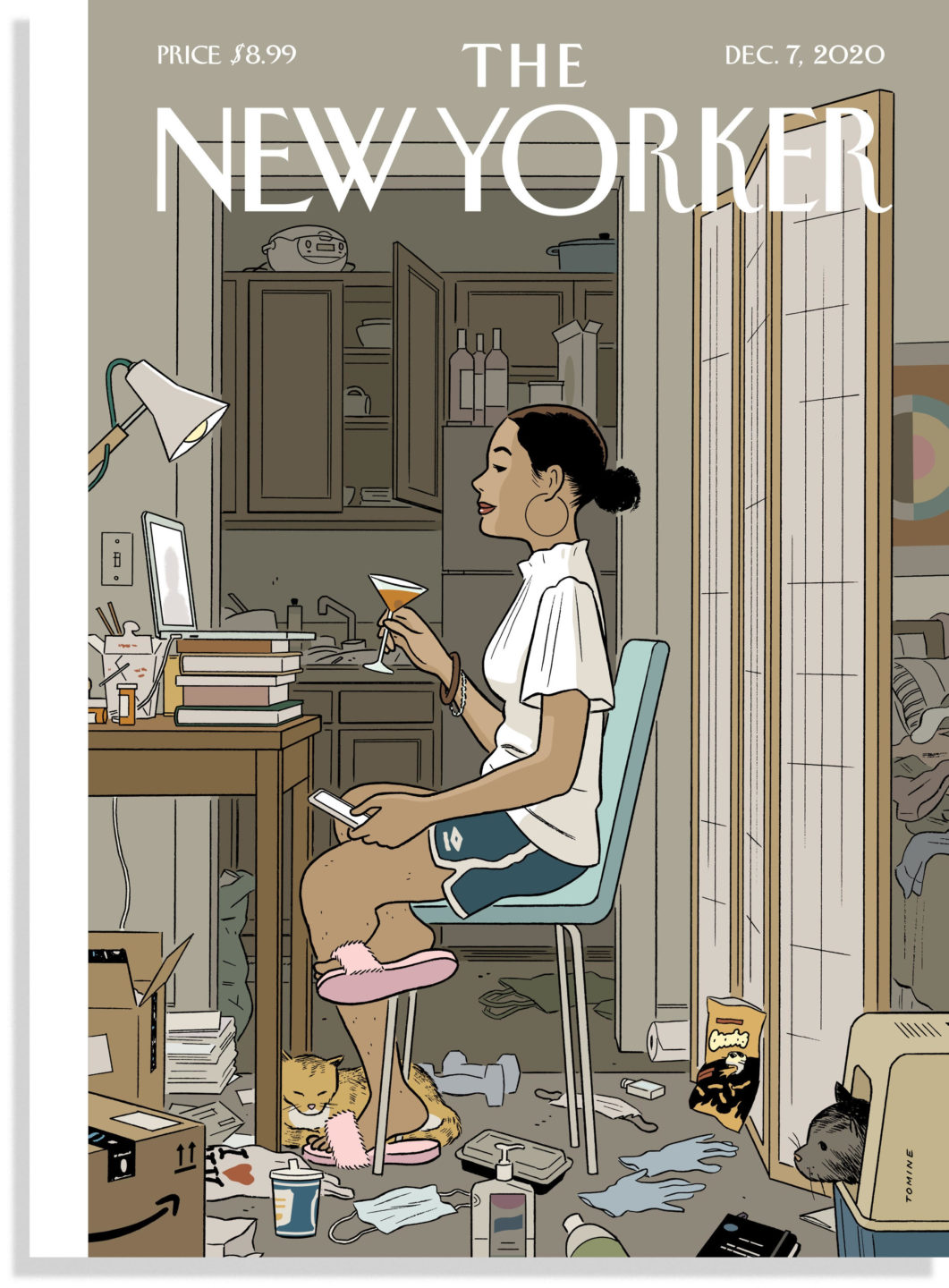
Sónia Marques (Portugal) sent in the New Yorker cover shown above.
Visual cues of the WORKING FROM HOME source code include:
- People working from home looking like a disaster — in their pajamas, underwear, unshaven, hair messy.
- People whose home work stations are not efficient — working in bed, in cluttered spaces, surrounded by family
- People enjoying themselves working from home — relishing time with the kids
Verbal cues of the WORKING FROM HOME source code include:
- Absurdist, rueful humor: e.g., “Yes I work from home, How did you know?” “Answering email… with no pants on.” “I should really log on and pretend to work.”
- Optimistic expressions of efficiency and freedom: e.g., “Work anywhere with Surface.” “Optimize your work-from-home life.”
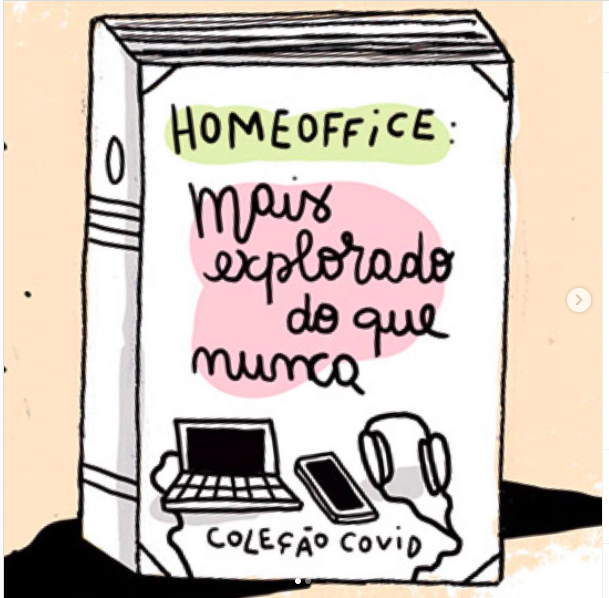
Mariane Cara (Brazil) sends the cartoon above, showing a book (from the “Covid Collection”) on the topic “Home Office: More Explored Than Ever.”
Not Alone
The NOT ALONE source code’s norm (idea, value, higher-order benefit) can be described as follows: We can maintain our everyday rhythm and flow — if we invent new ways of being/doing together.
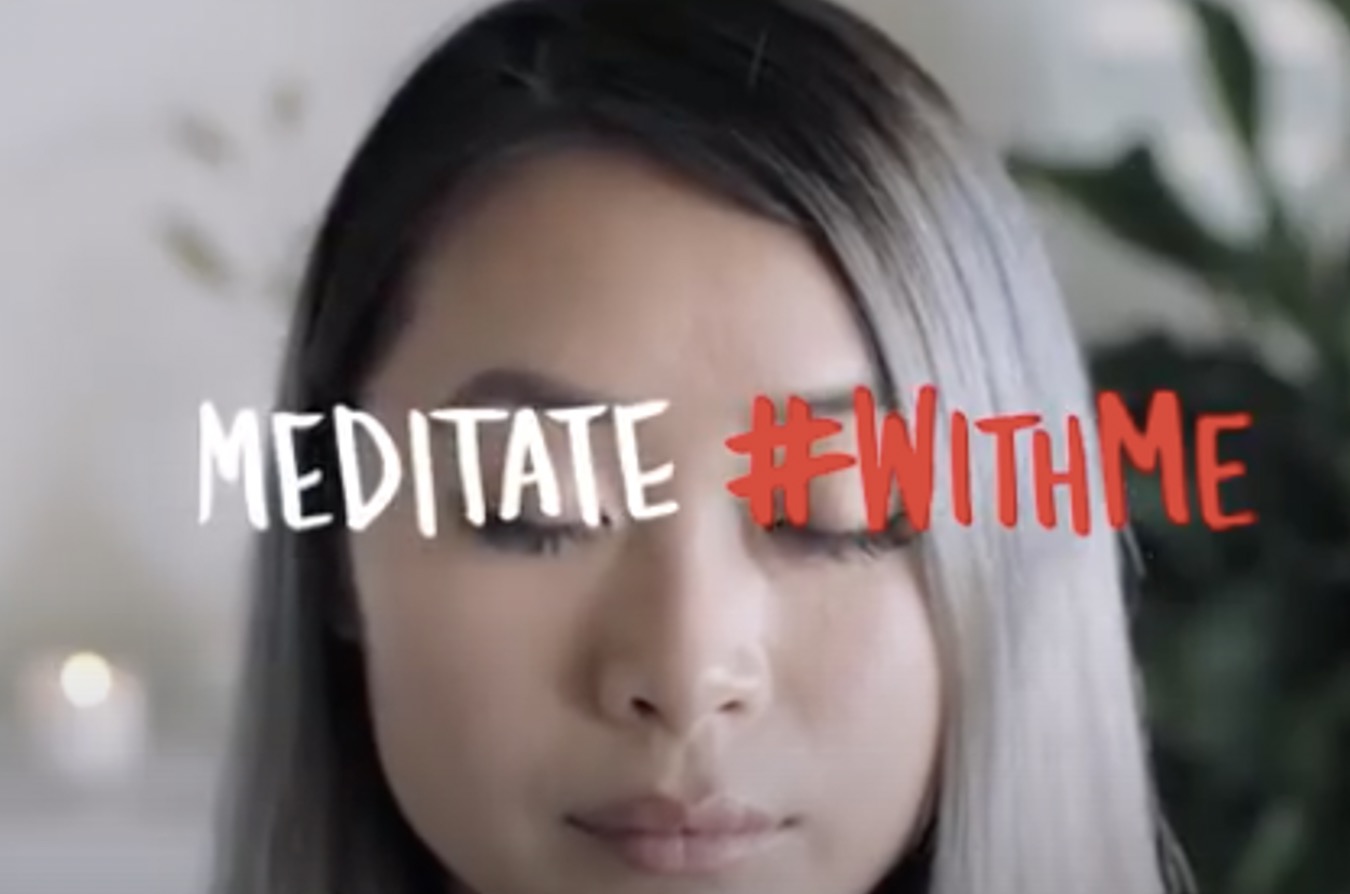
Visual cues of the NOT ALONE source code include:
- Open letters to the brand’s “community” or “family”
- People doing things “together” online via Zoom, etc.
- People doing something on their own, but for others (e.g., playing saxophone out of their window)
Verbal cues of the NOT ALONE source code include:
- Seemingly paradoxical statements that are uplifting: e.g., “Play Apart Together,” “Home Alone Together,” “Social Isolation is the New Solidarity”
- Expressions of warmth and tenderness from brands to their target consumers: “Dear Wet Ones Community,” “With Love, Jack”
- Language of doing things alone but together: e.g., “Meditate #WithMe”
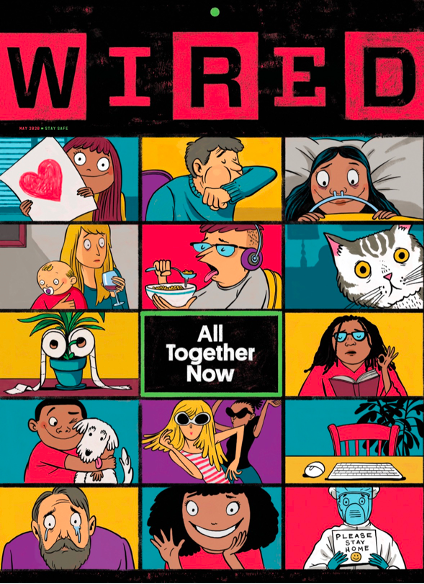
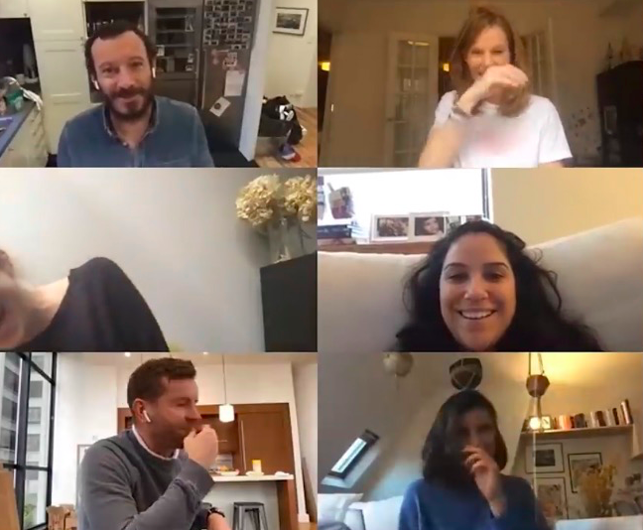
Pressure Drop
The PRESSURE DROP source code’s norm (idea, value, higher-order benefit) can be described as follows: We need to lower our expectations, now, and accept that we’re getting less accomplished.
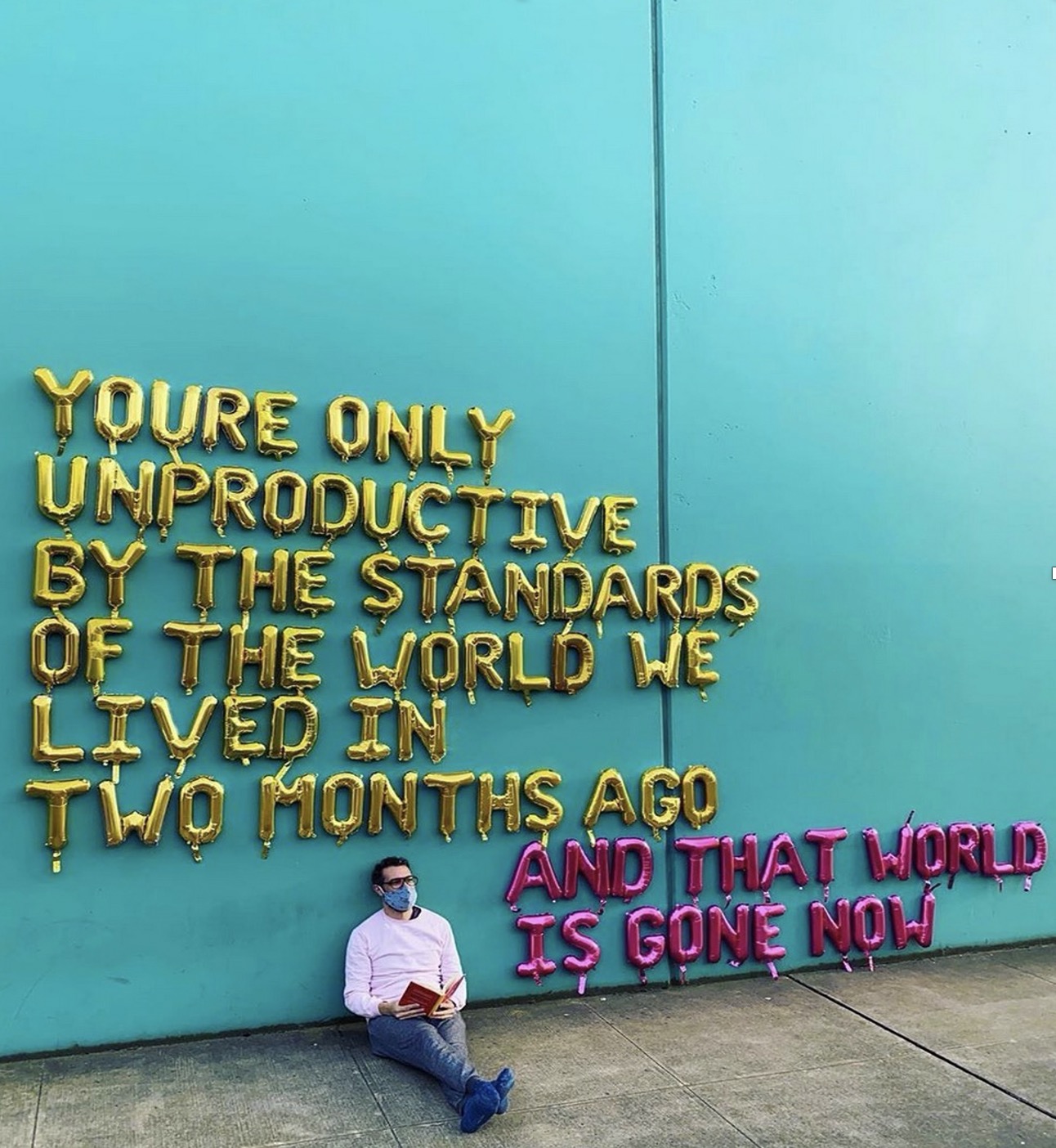
Visual cues of the PRESSURE DROP source code include:
- PSA listicles, often aesthetically child-like, suggesting how to self-care and manage COVID-19 anxiety.
- Handwritten messages and drawings — as though a note from a fiend, or a note to self — with uplifting/soothing messages.
- Humorous memes comparing heroic figures (real or fictional) and actions to our own “heroism” that involves staying home and doing nothing.
Verbal cues of the PRESSURE DROP source code include:
- Therapeutic tonality: e.g., “Practice self-care,” “focus on your mental health”, “acknowledge fear and anxiety”, “Do not feel guilty about not being productive”
- Vernacular advice: “Take it easy on yourself.”
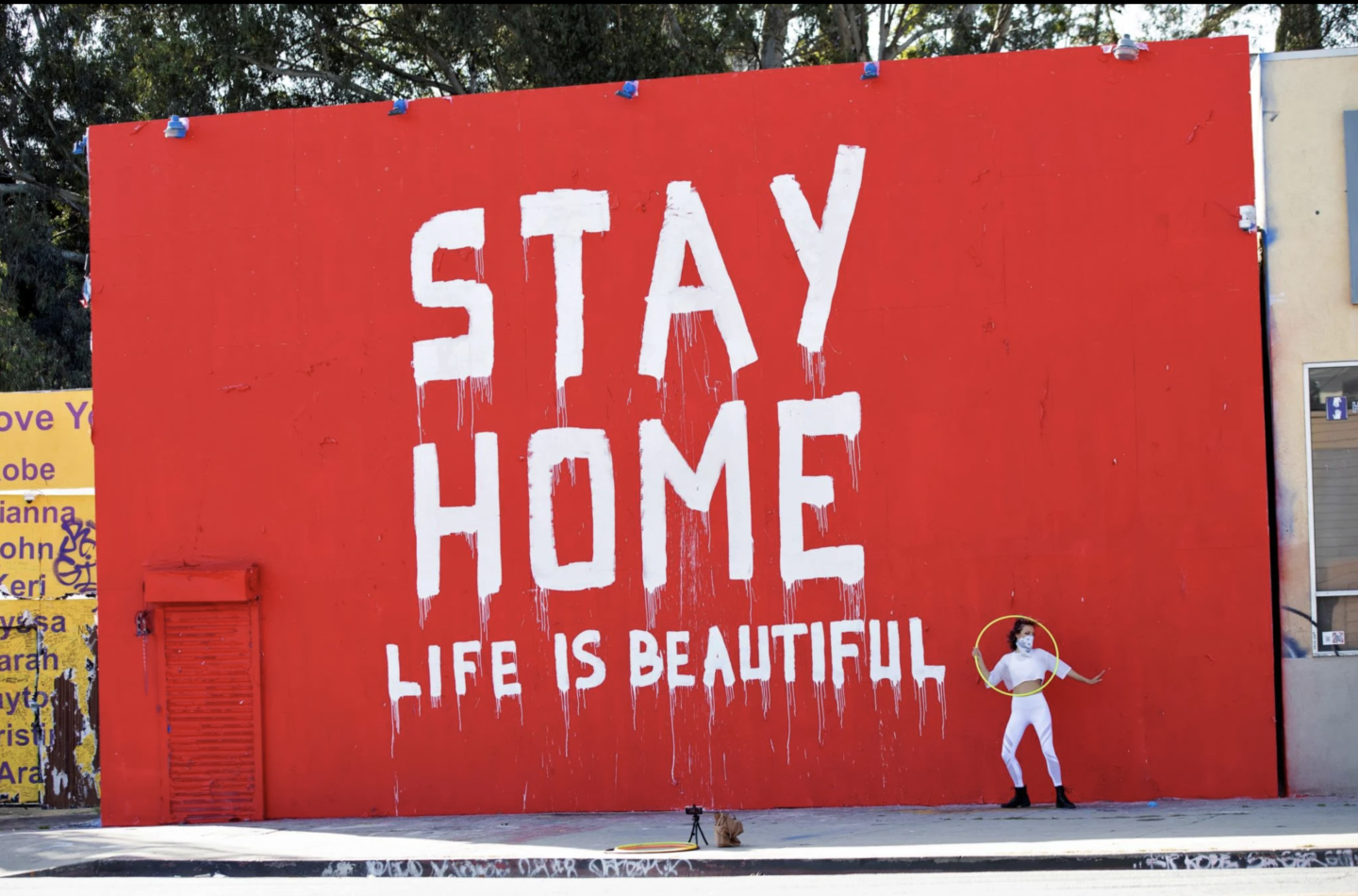
Sónia Marques (Portugal) submits the photo above.

Gabriela Pedranti (Argentina/Spain) suggests that “Spaniards are one of the best cultures when it comes to make lemonade out of bitter lemons. At the end of 2020, for example, we saw a lot of memes suggesting that we might as well readjust our sense of ‘normal’ if we’re going to have any chance of ‘going on, no matter what.’ The meme above says: “I notice you are very happy because 2020 is ending. Just remember that Mad Max takes place in 2021.”

Gabriela also points to the “Bad Mother” movement that has arisen during the Covid era in Spain, which offers support to those who are planning to have children in this moment — the goal being to take the pressure off cultural ideals round being a perfect mother.
Thank you for reading our Covid Codes series. Next week’s installment will be on this theme: GATE KEEPER.
Also see these global semio series: MAKING SENSE (Q&As) | SEMIOFEST SESSIONS (monthly mini-conferences) | COVID CODES | SEMIO OBJECTS | COLOR CODEX | DECODER (fictional semioticians) | CASE FILE | PHOTO OP | MEDIA DIET.

